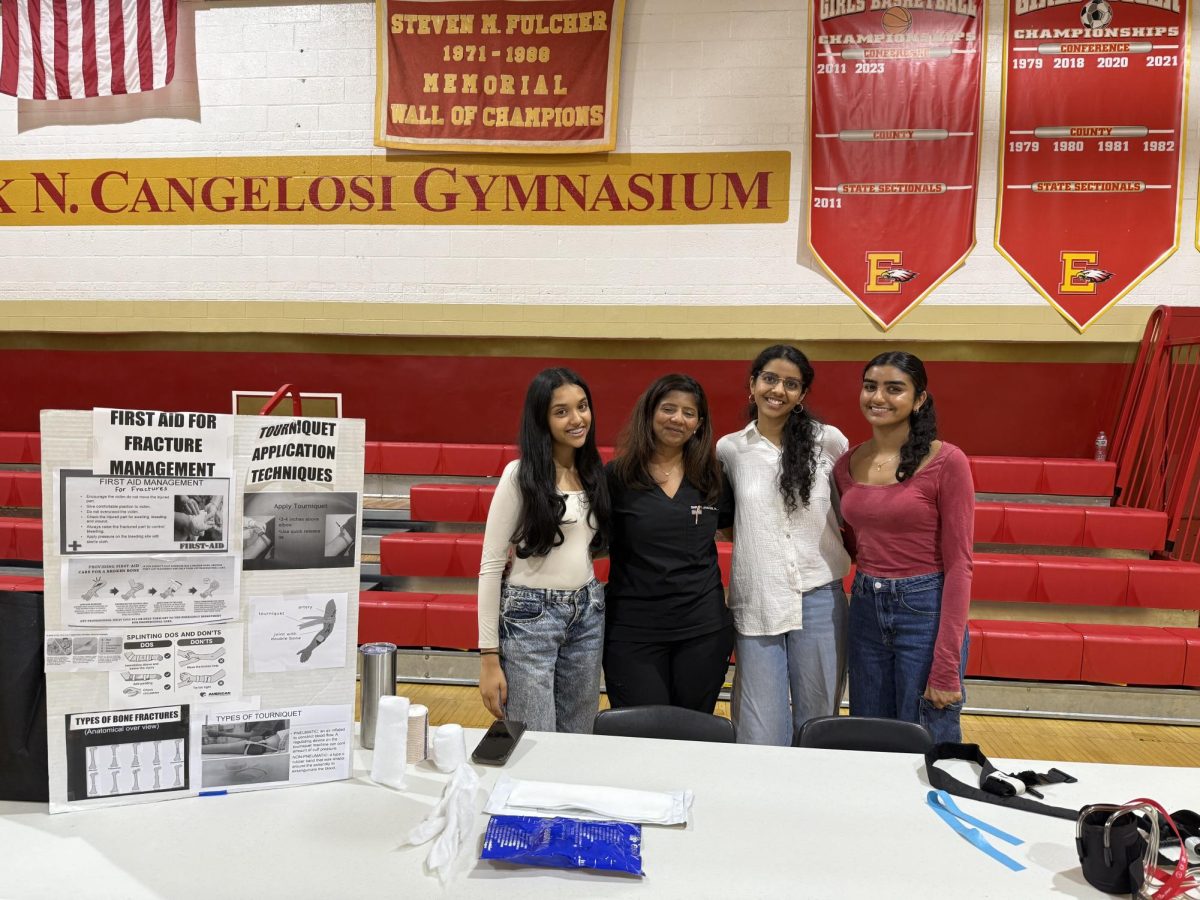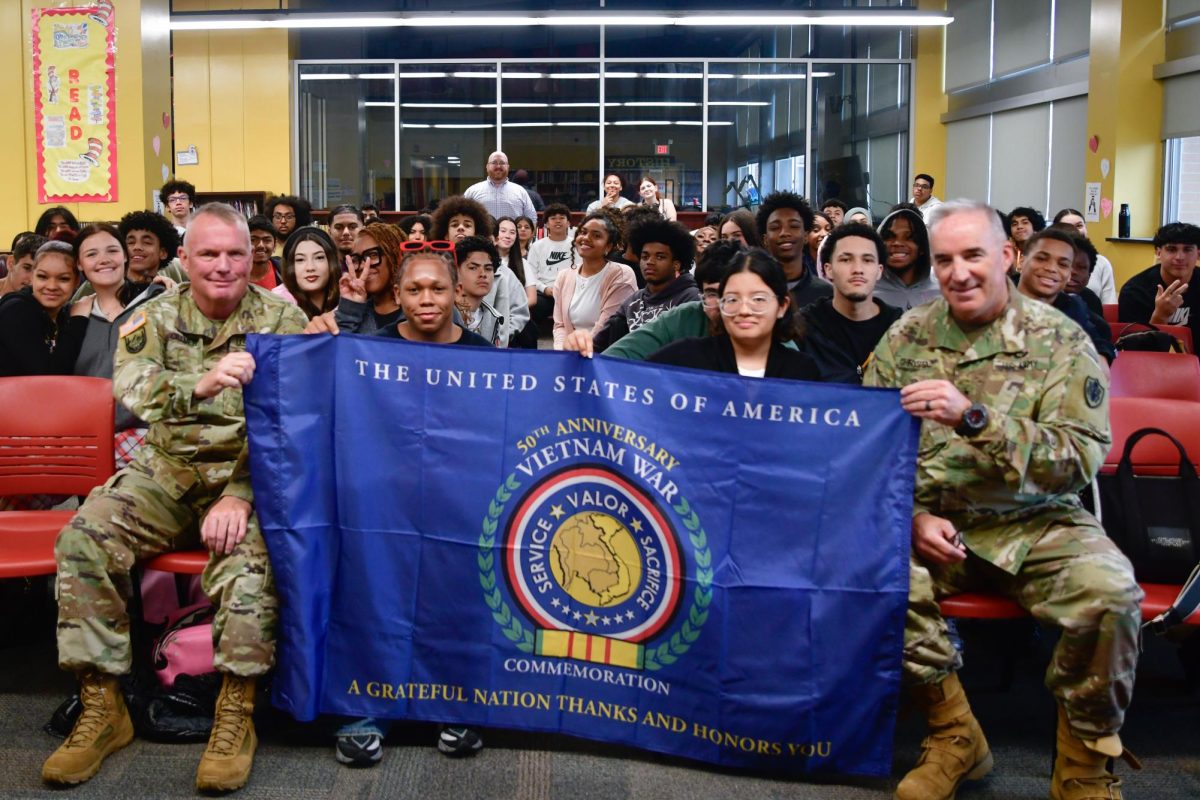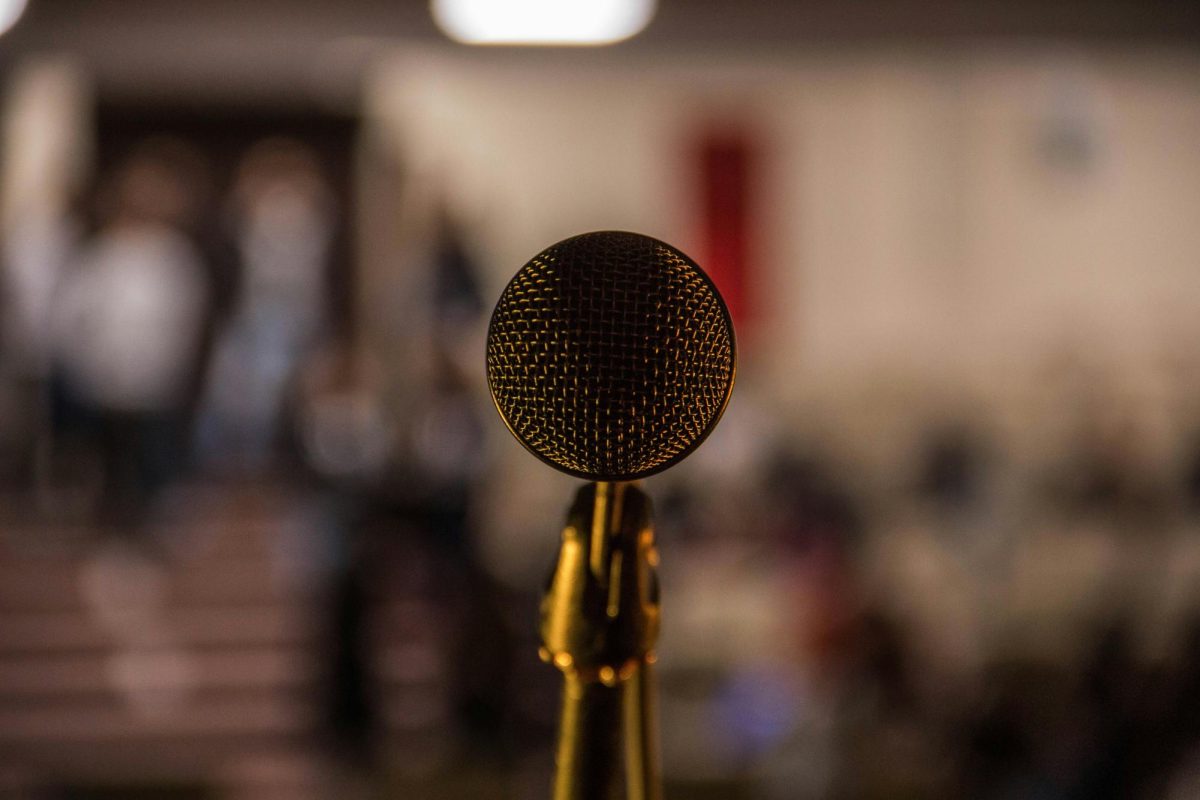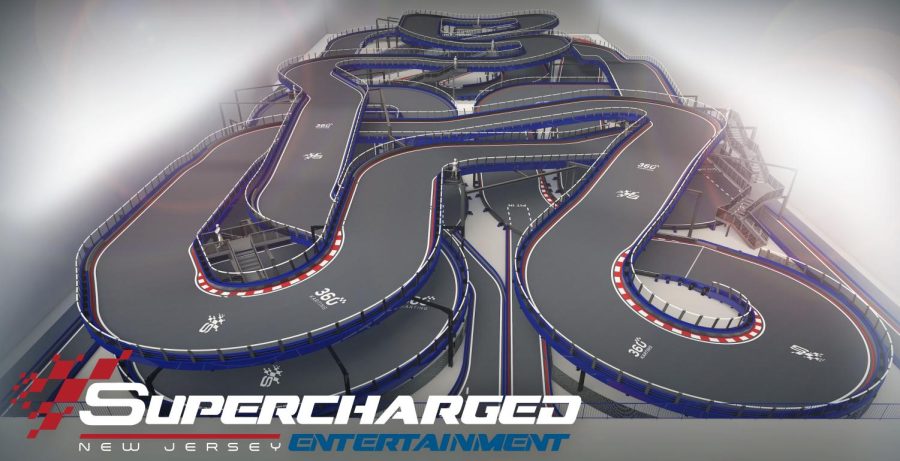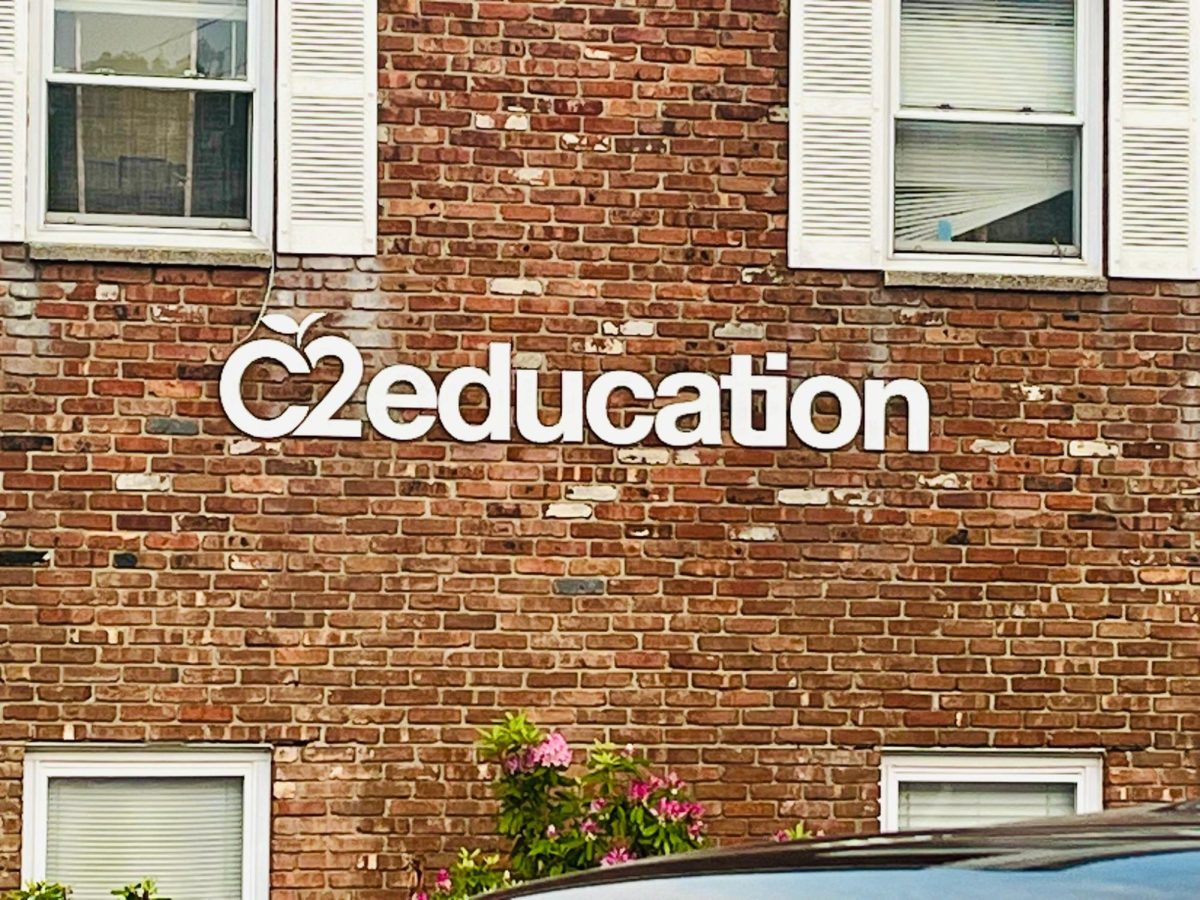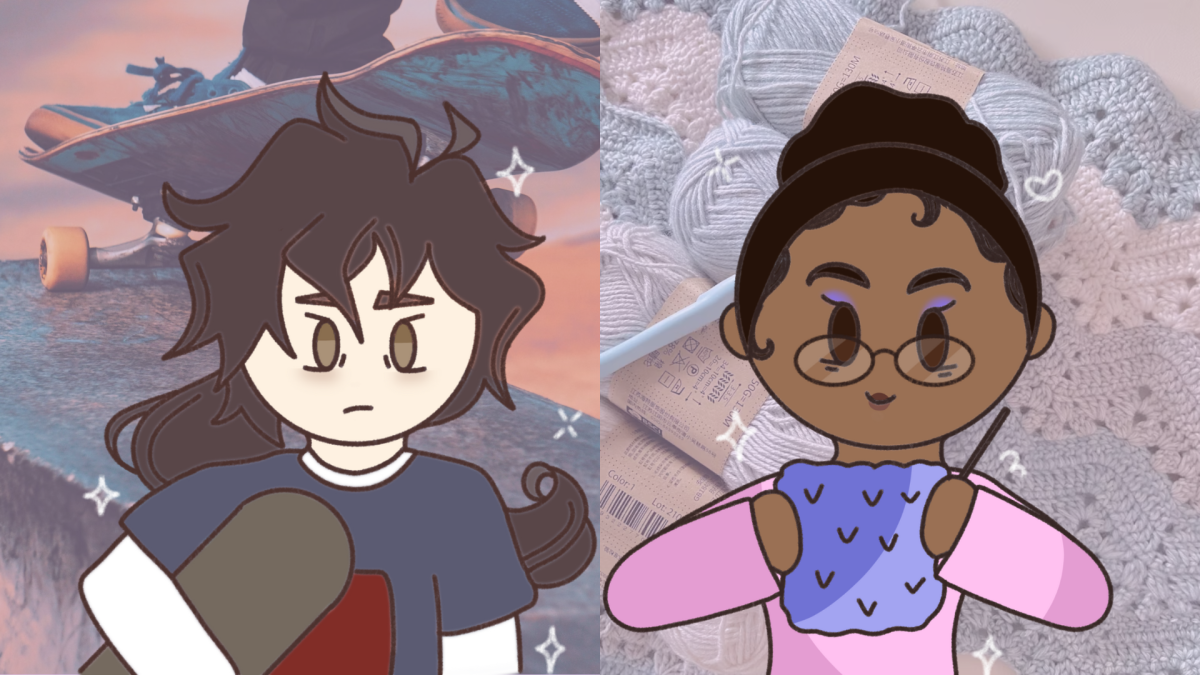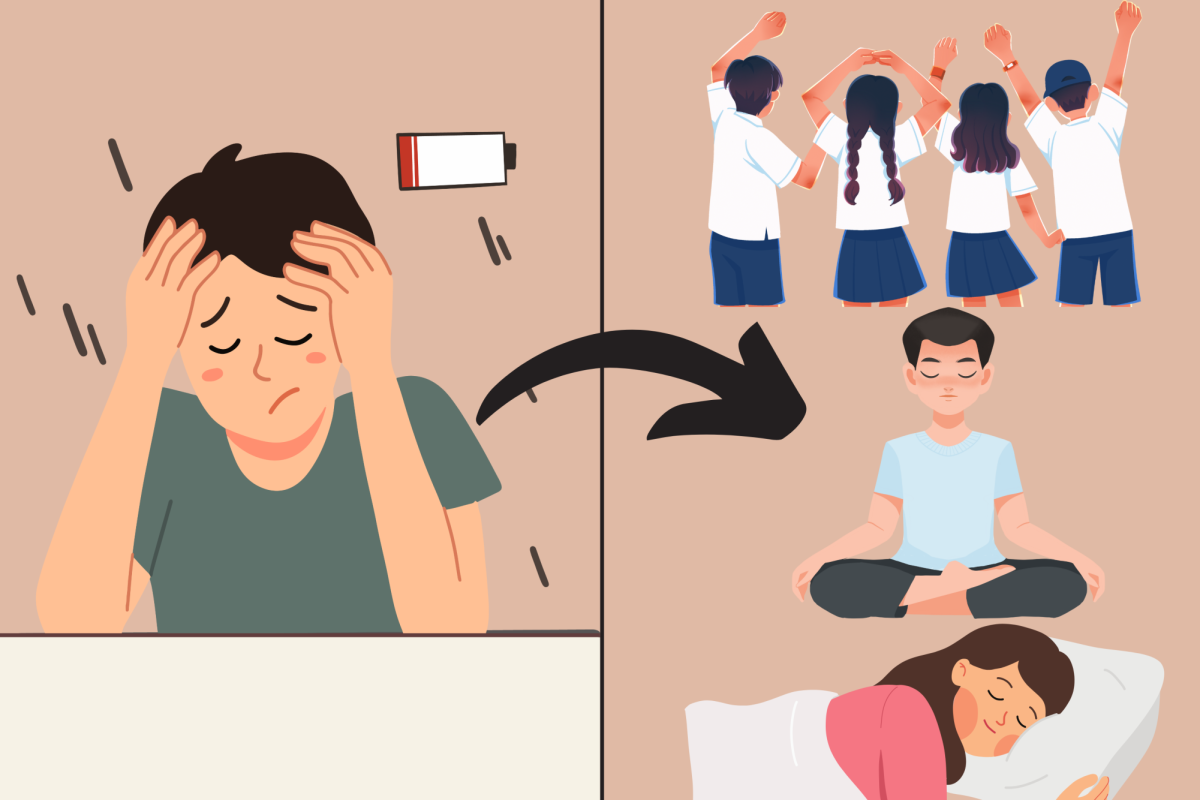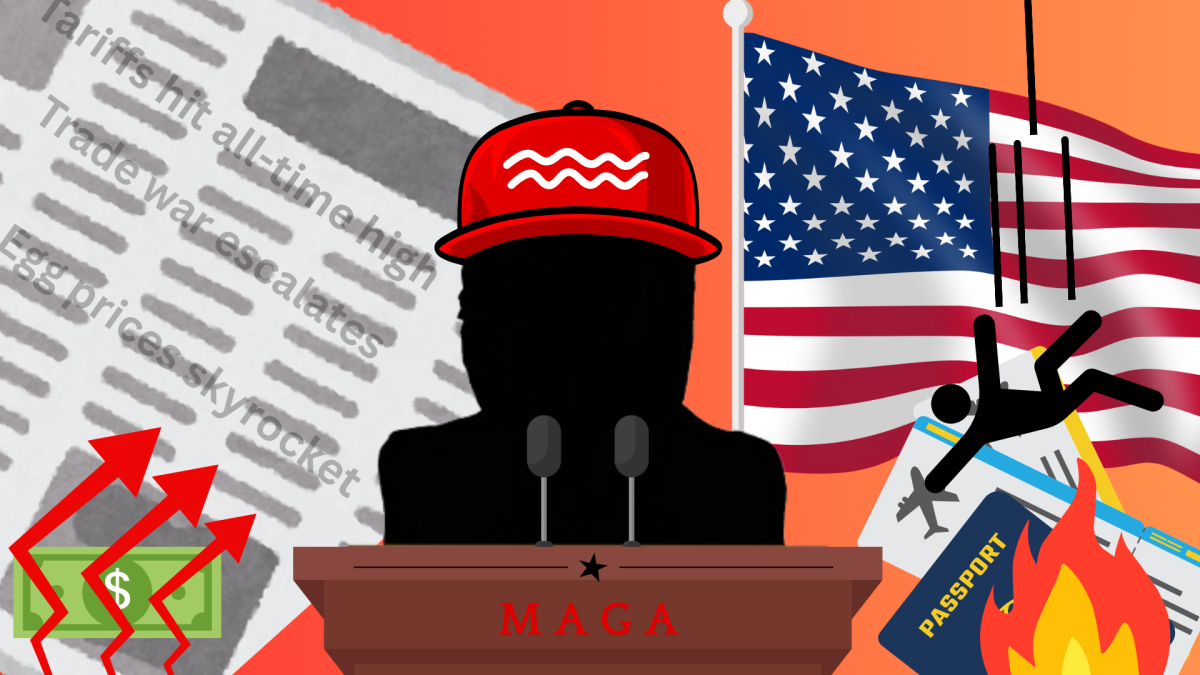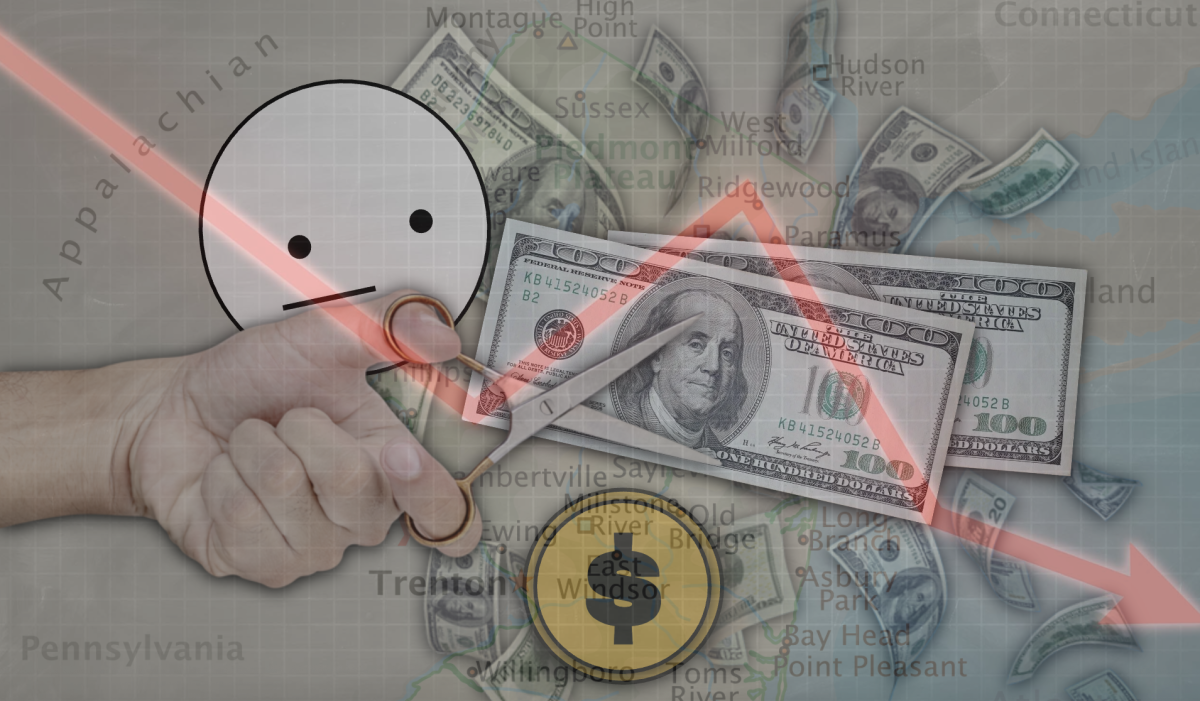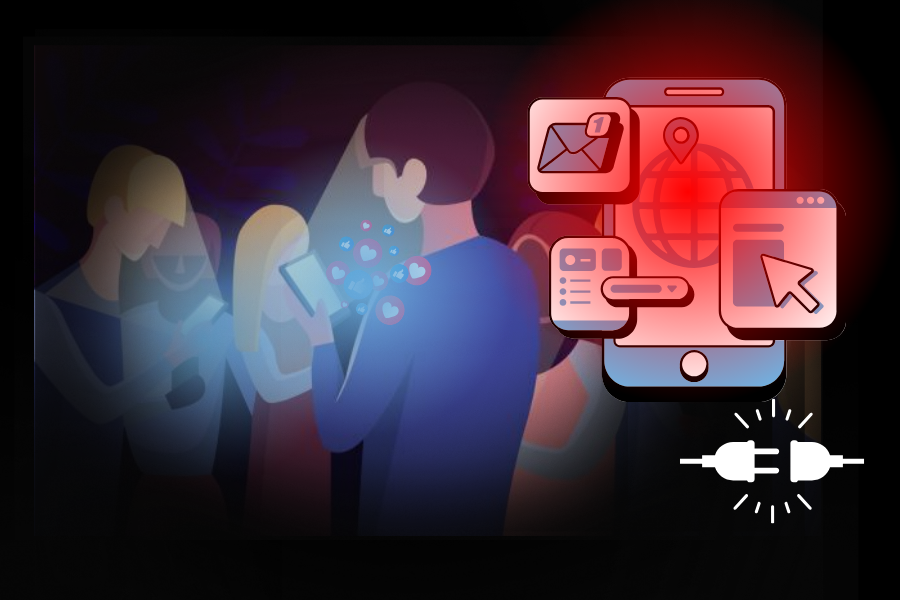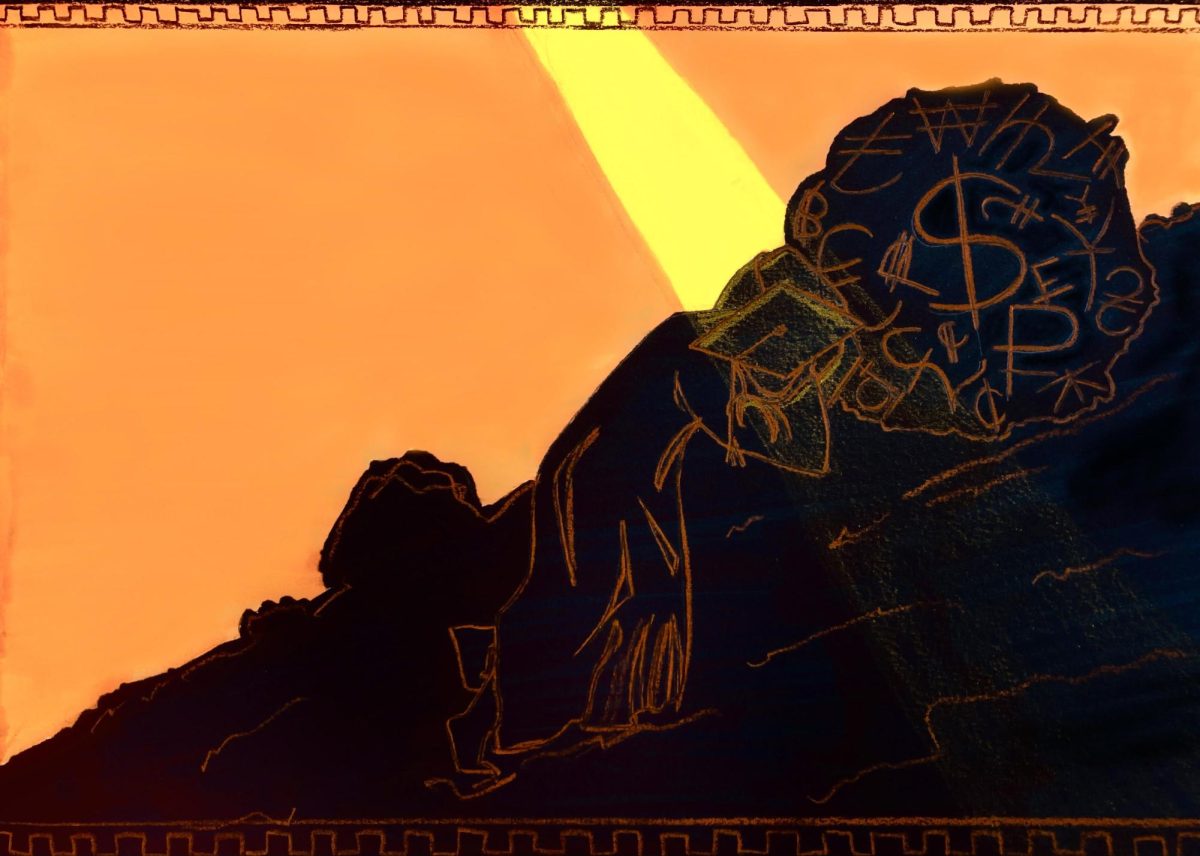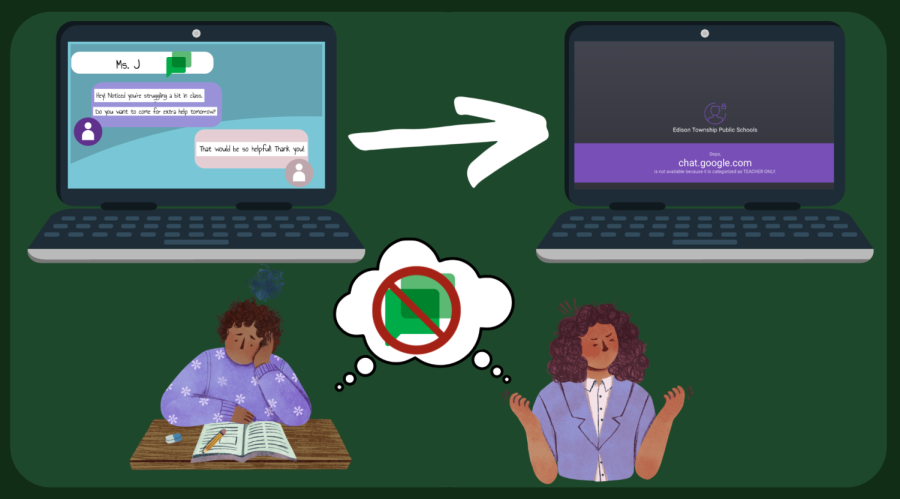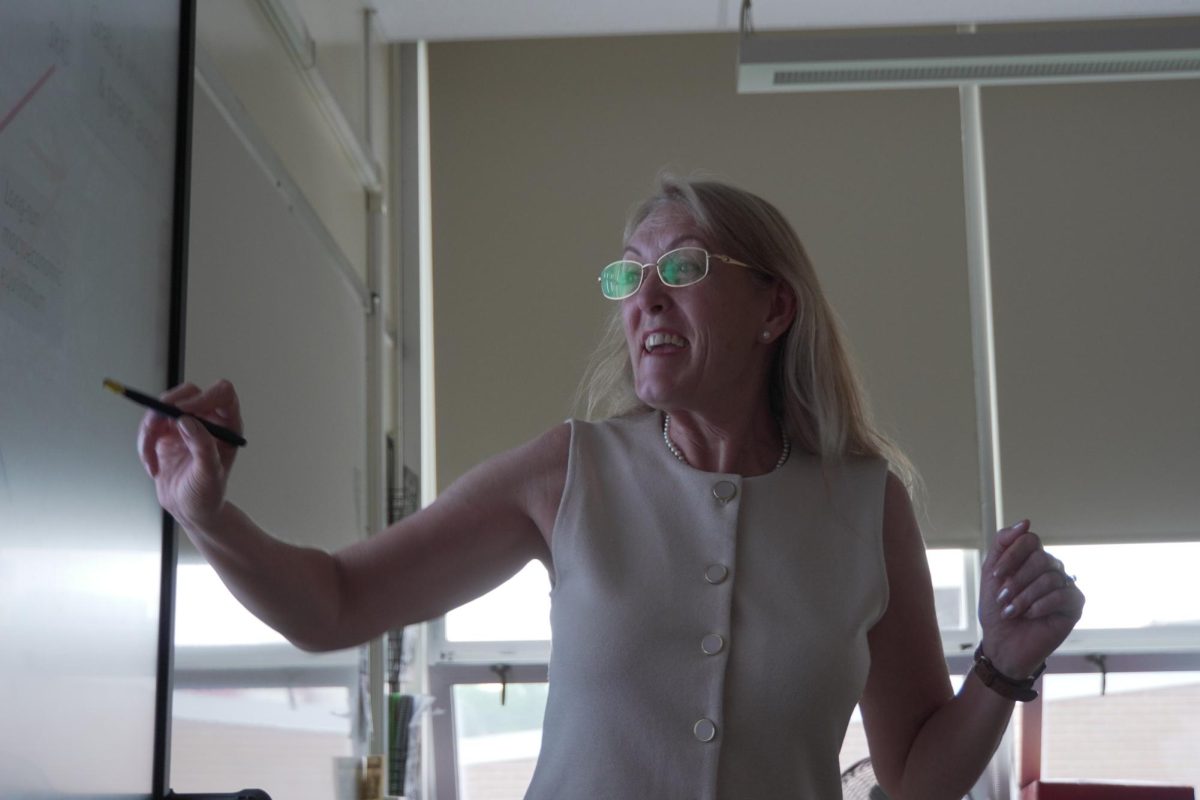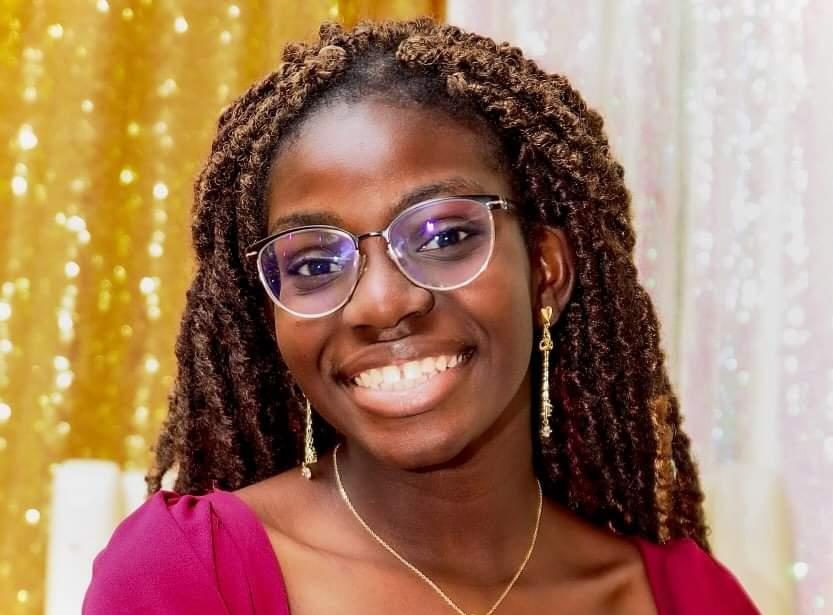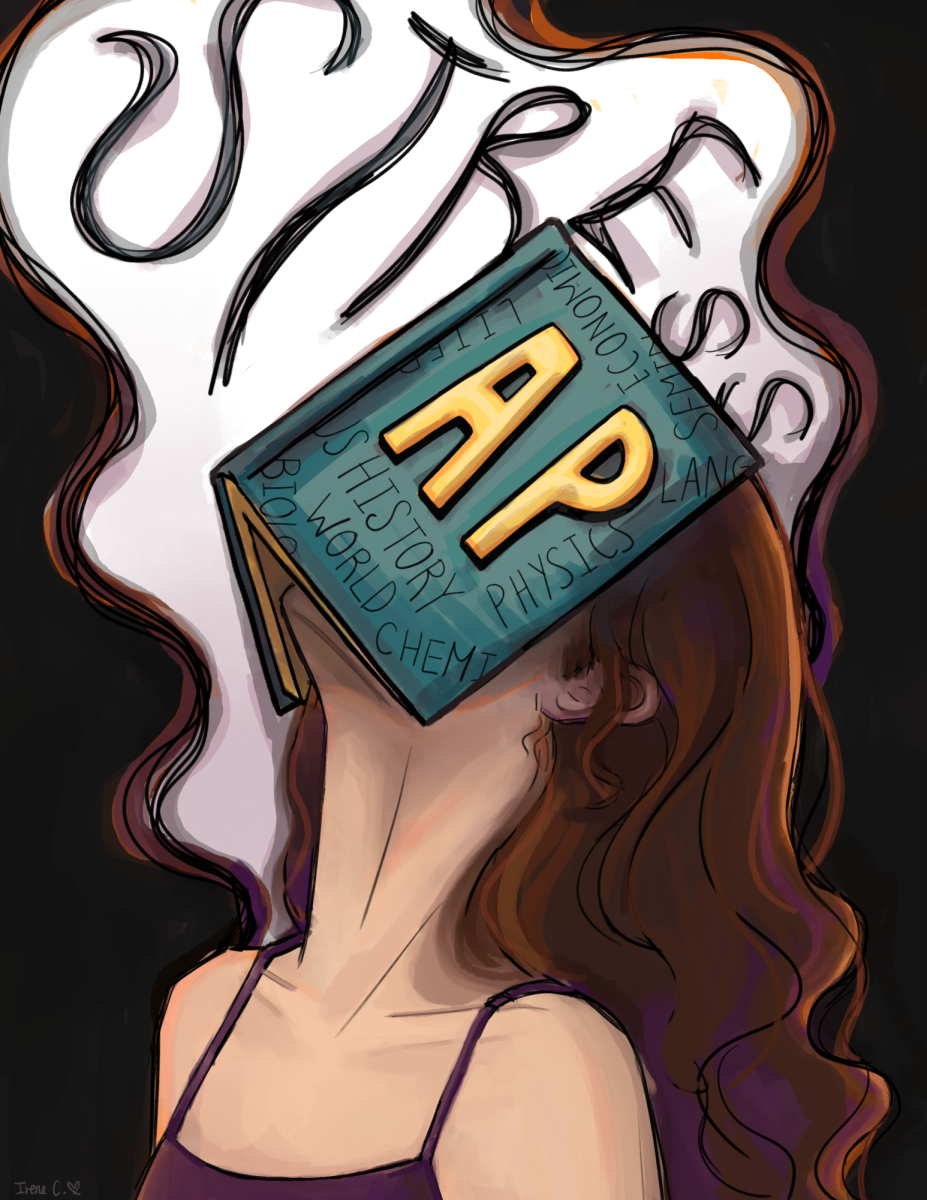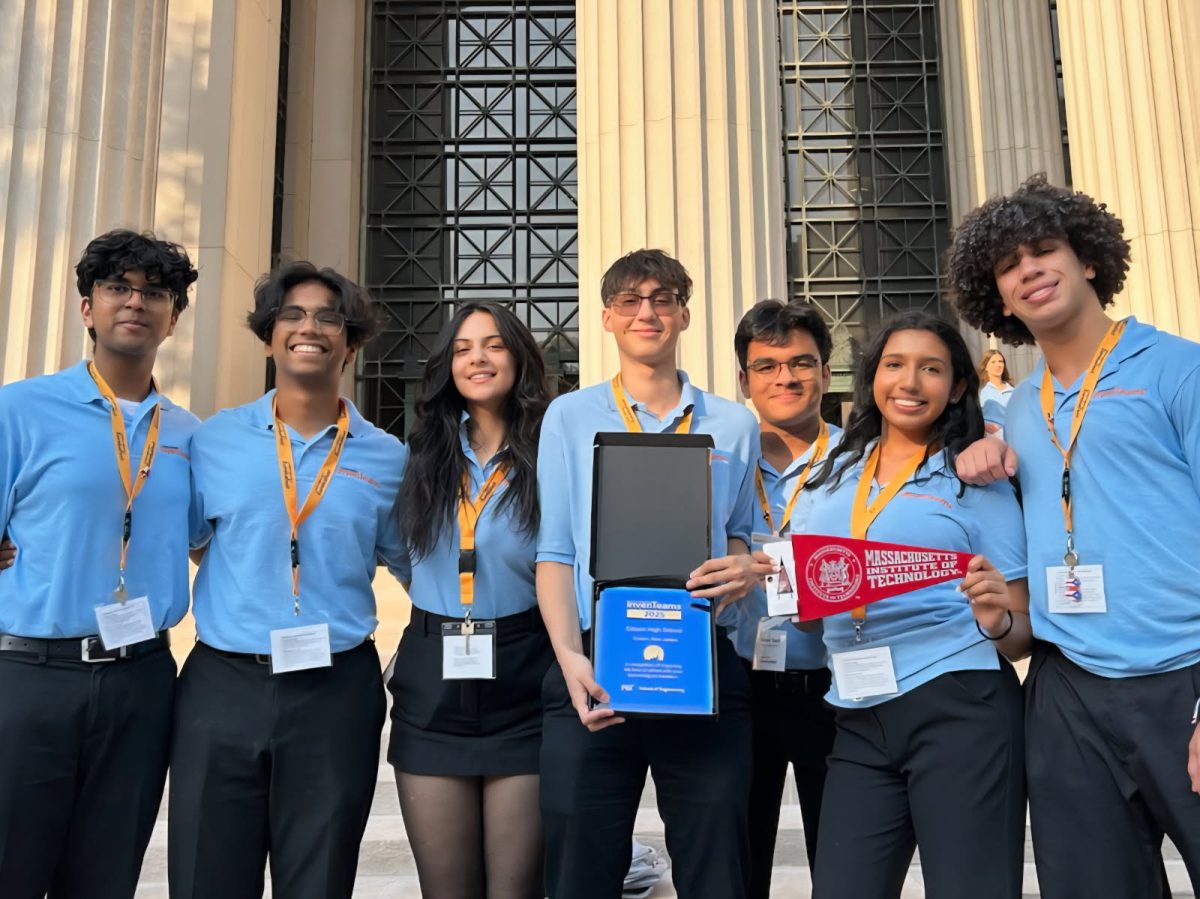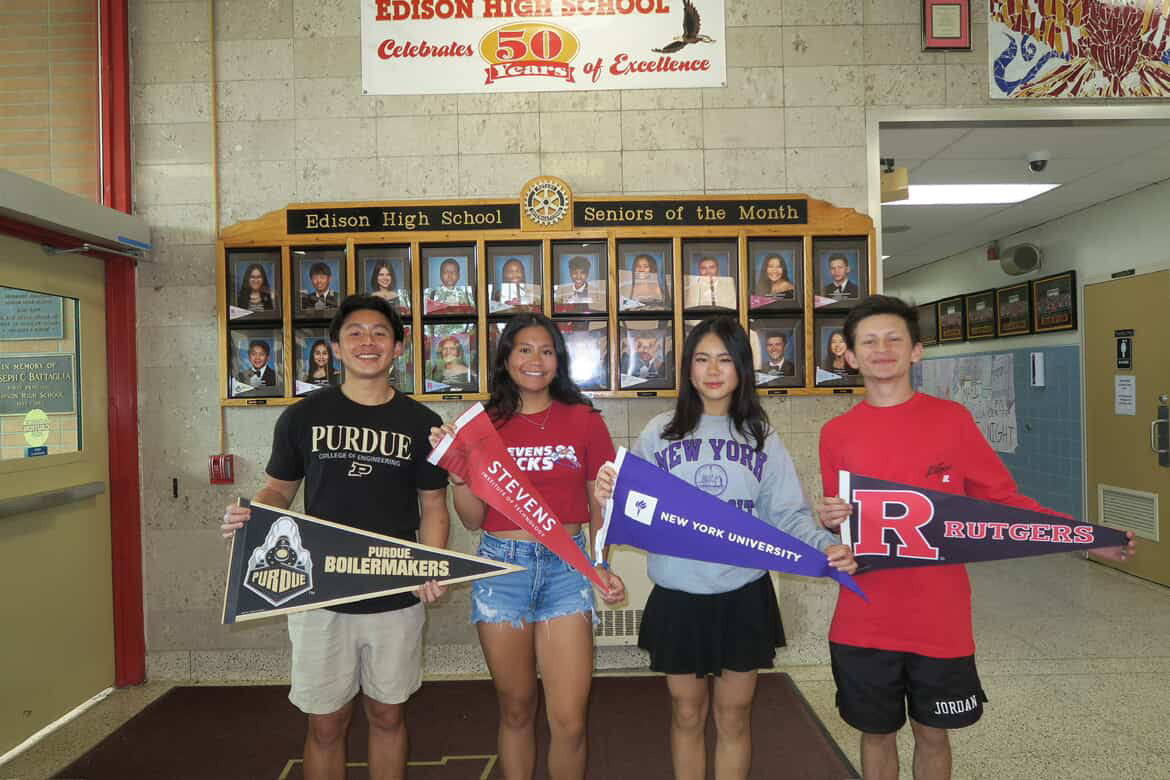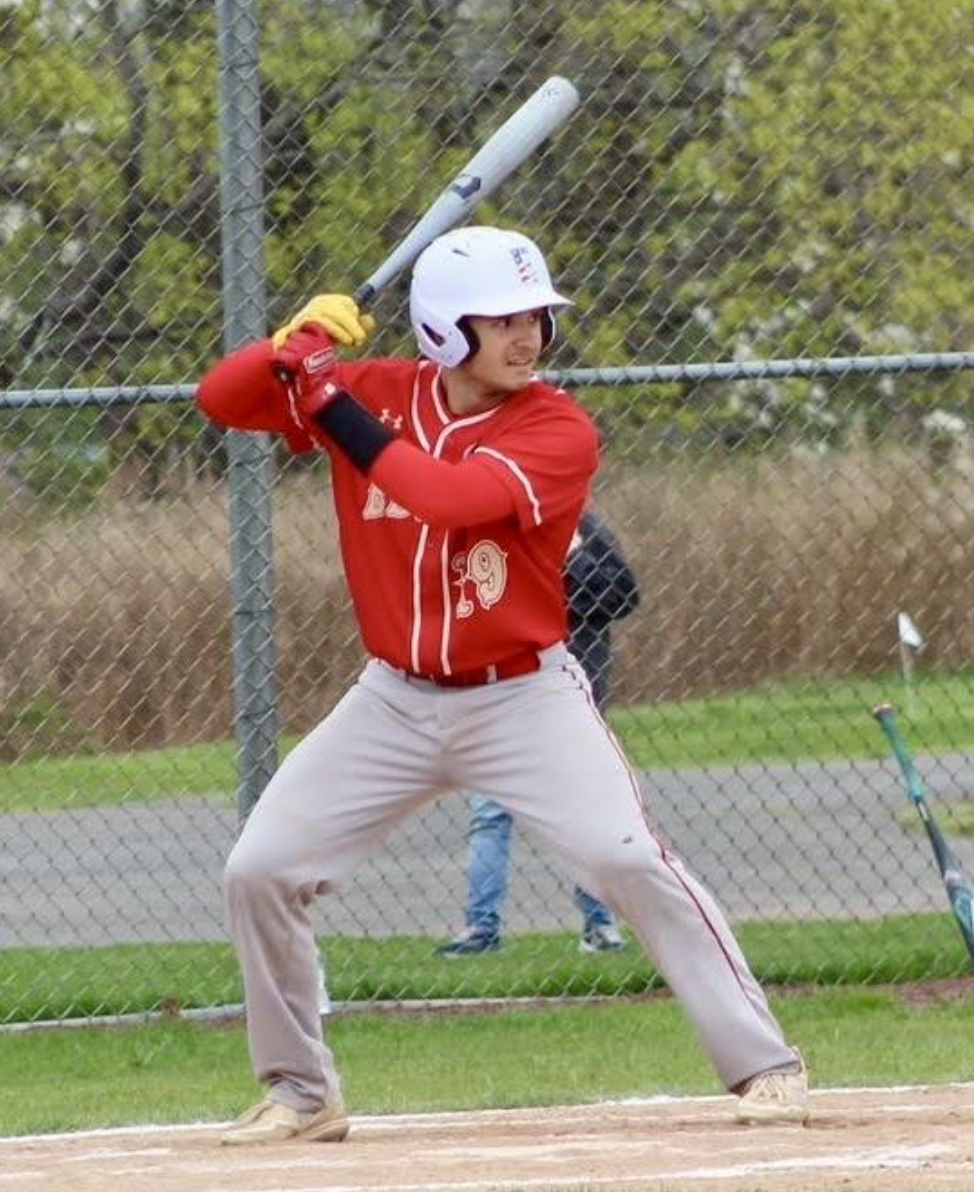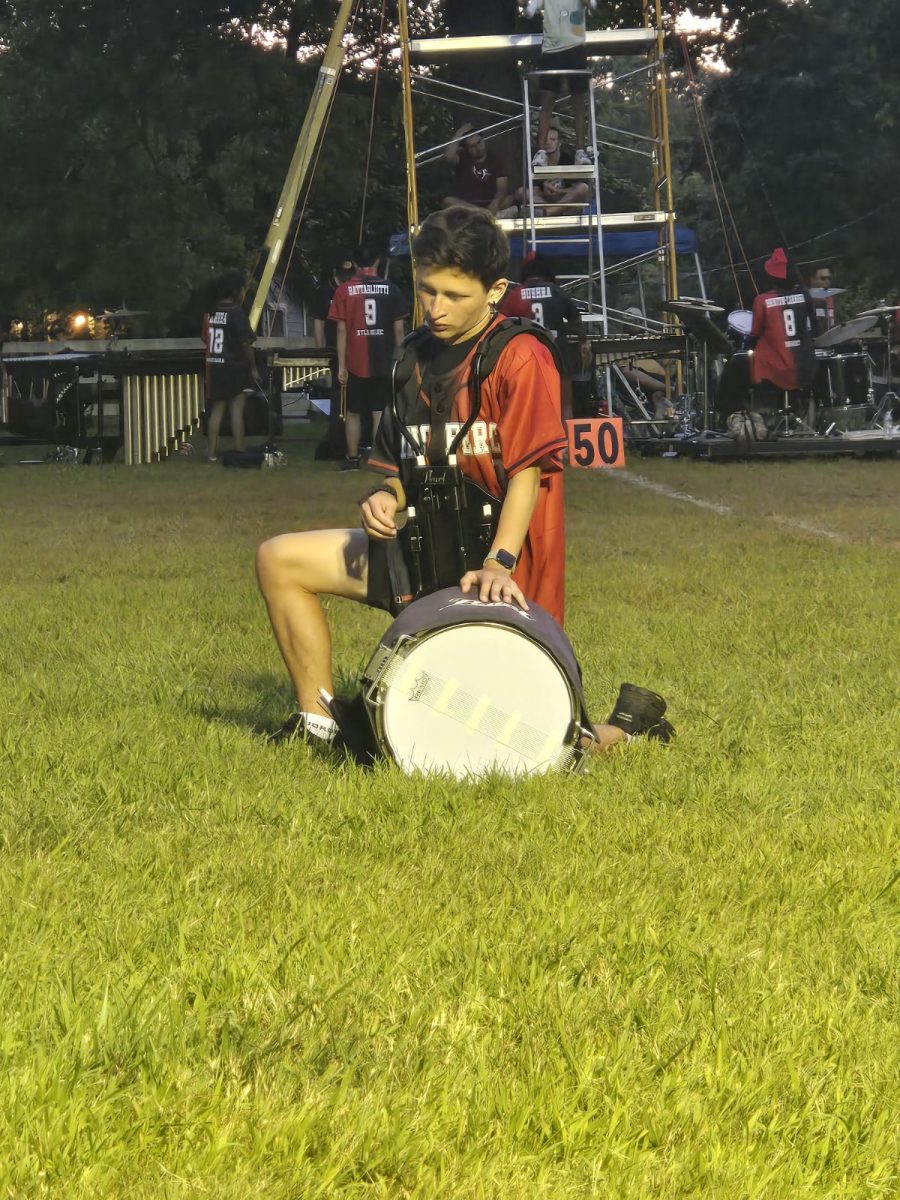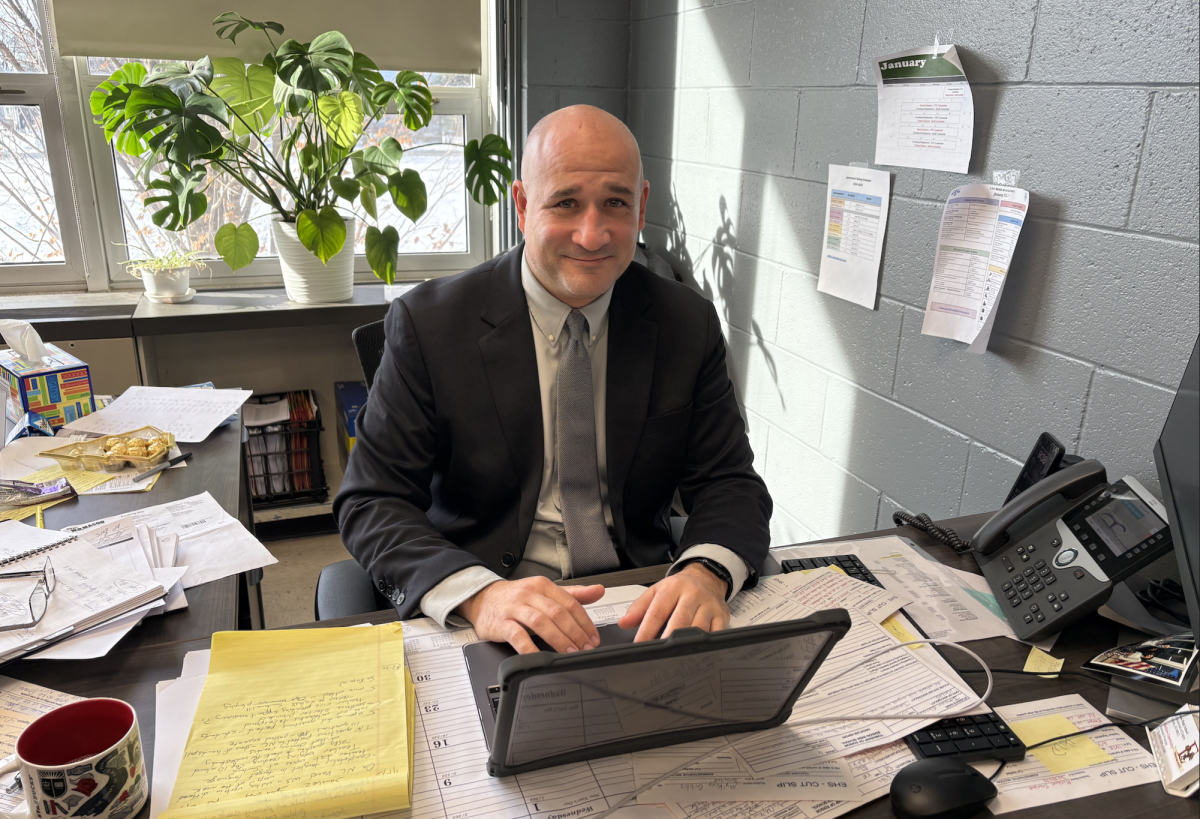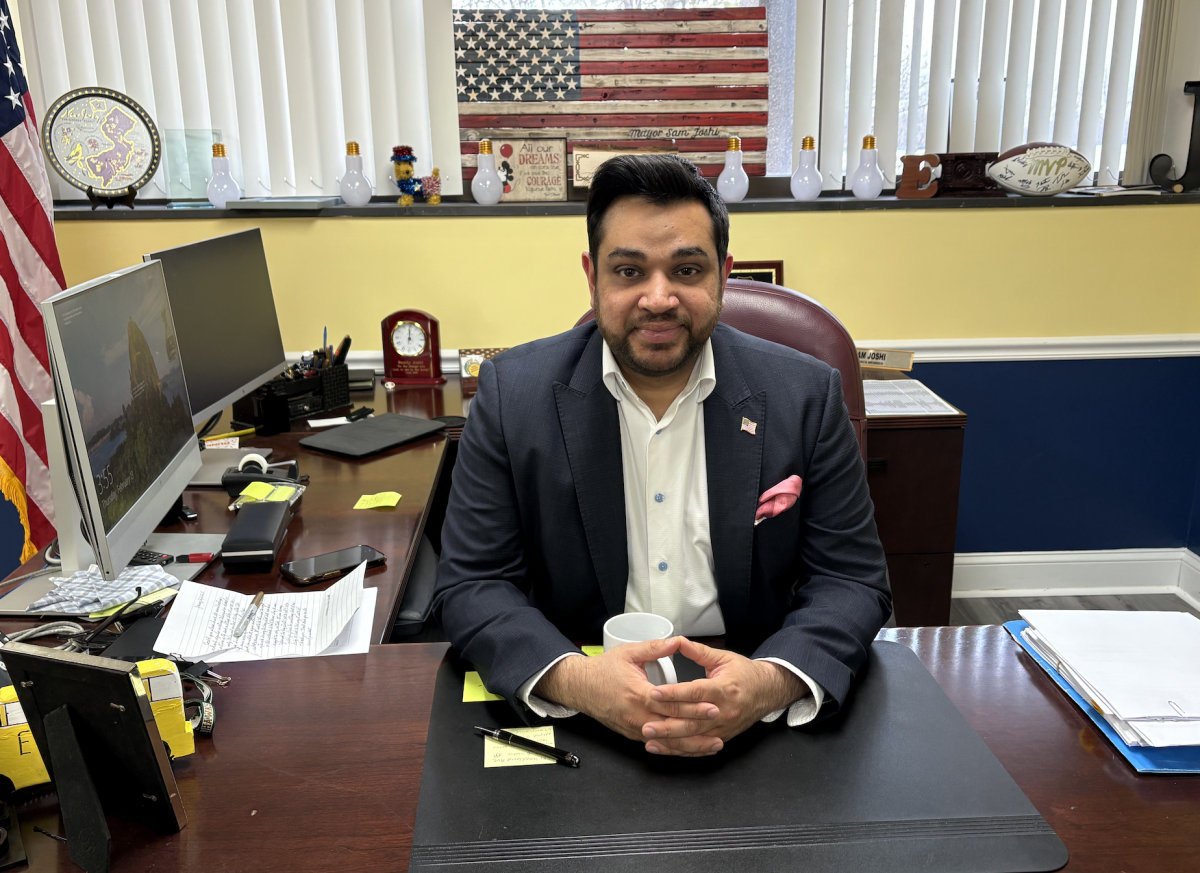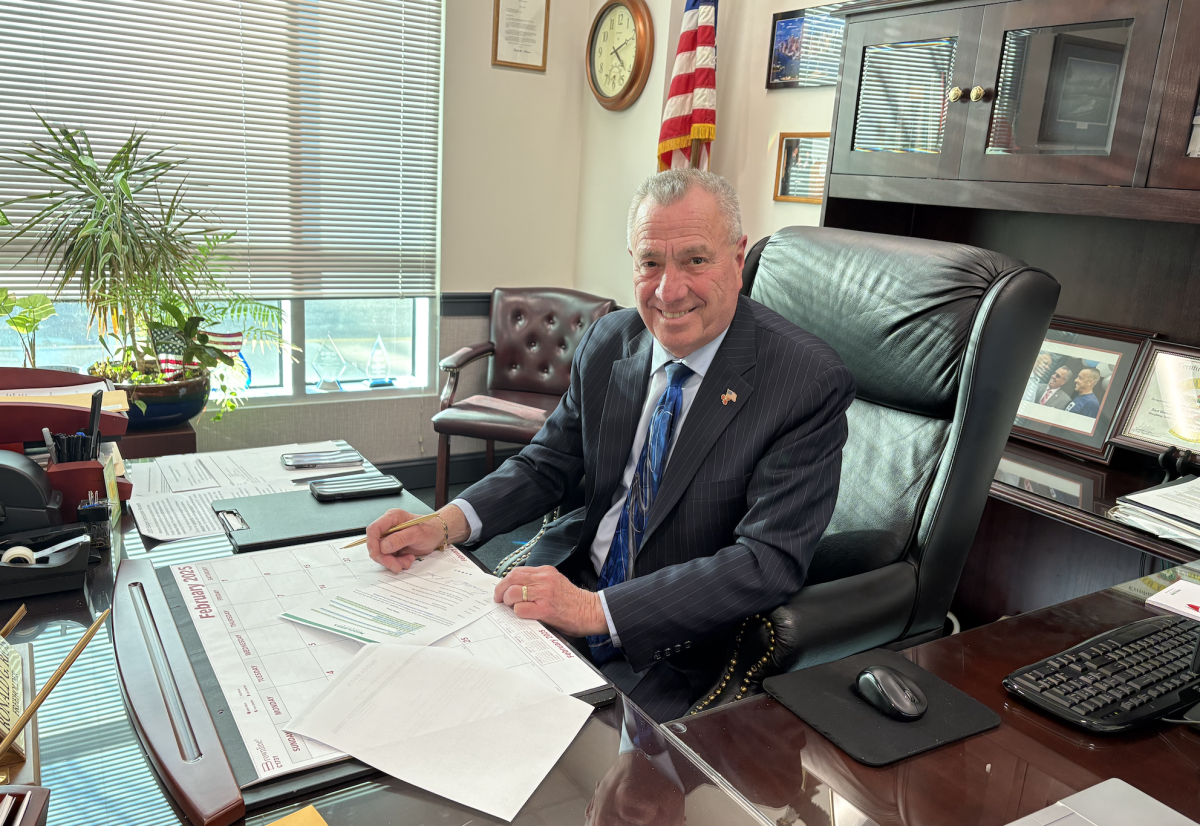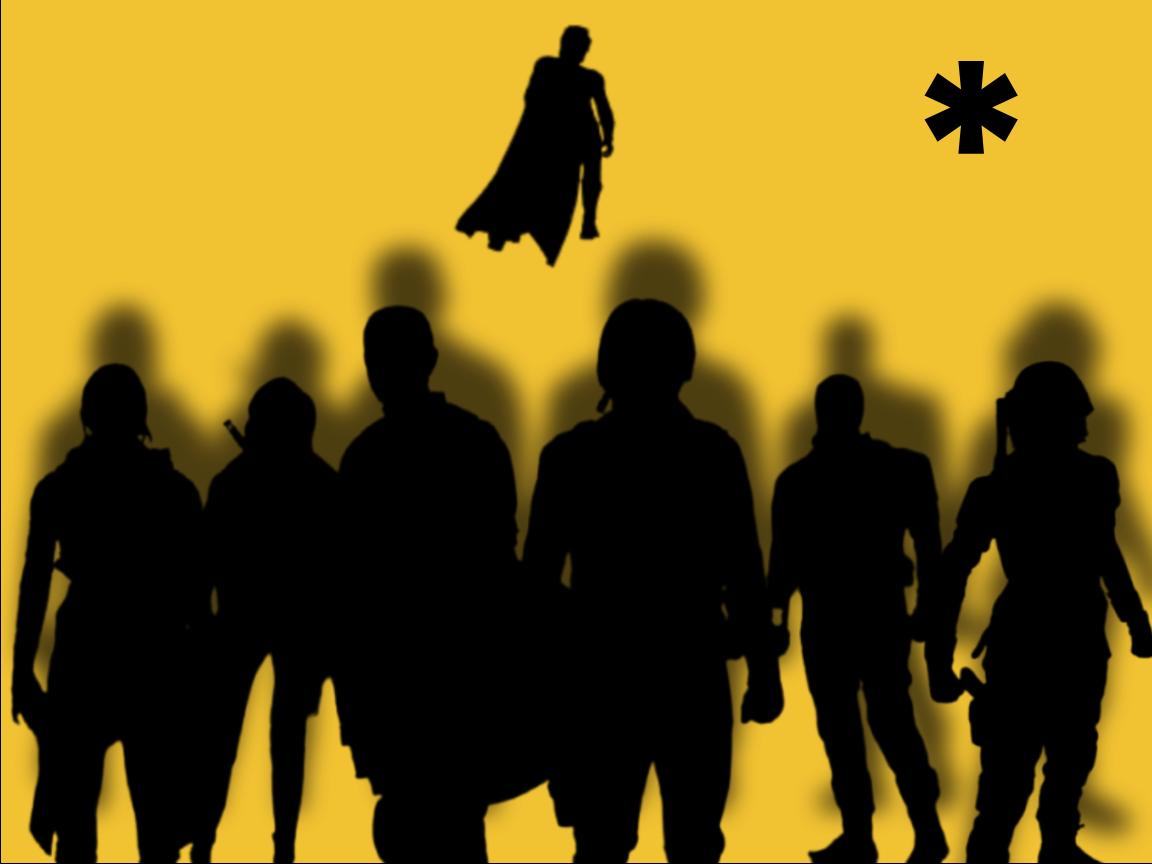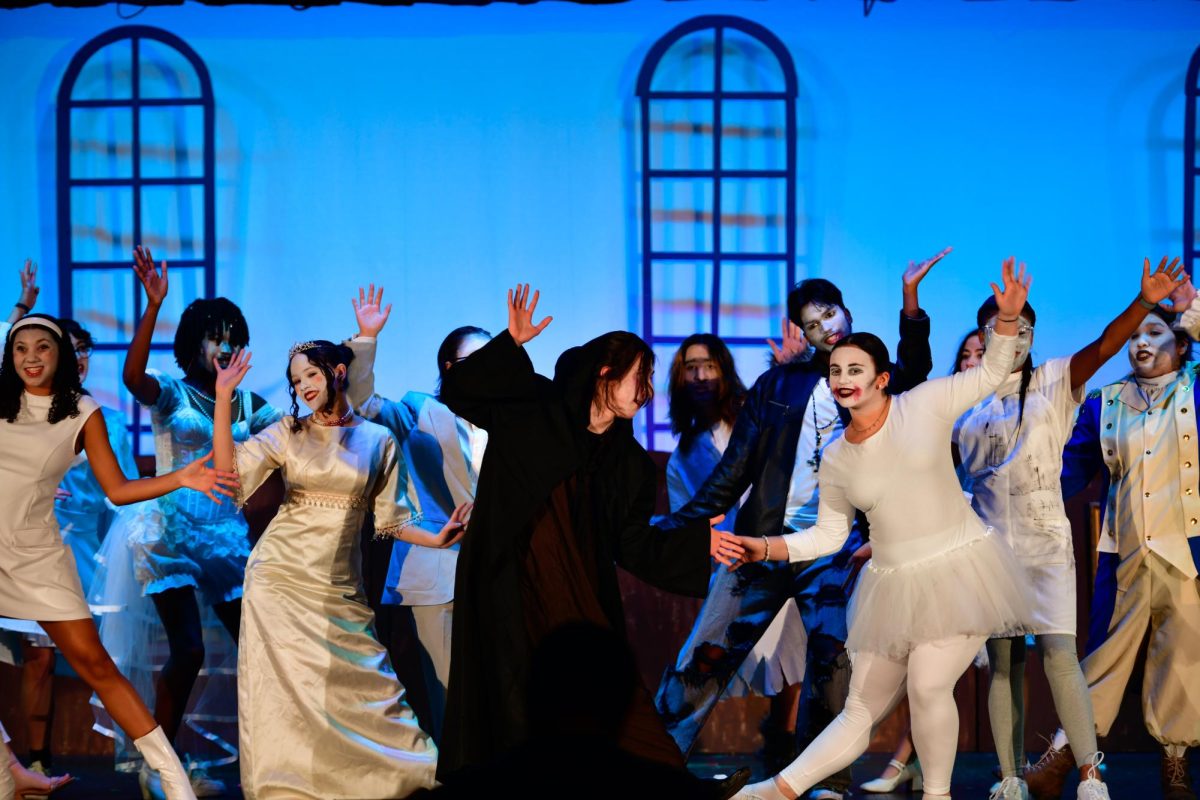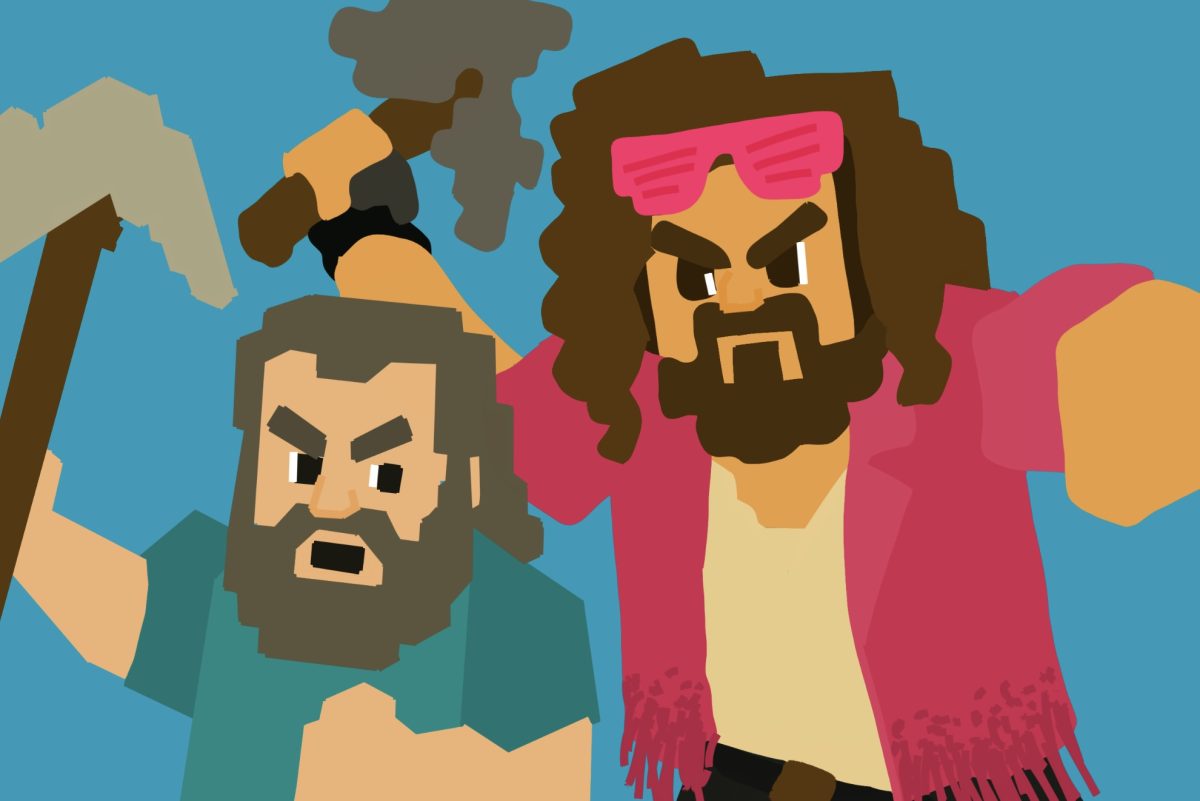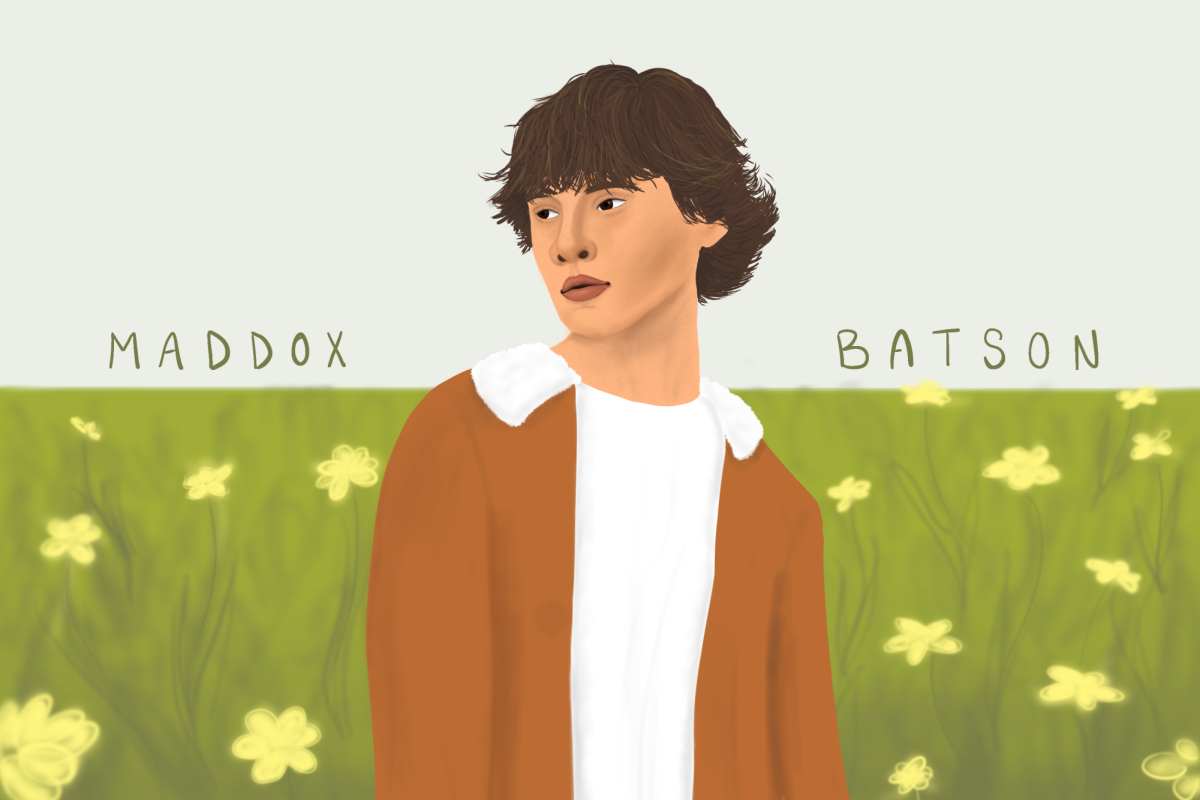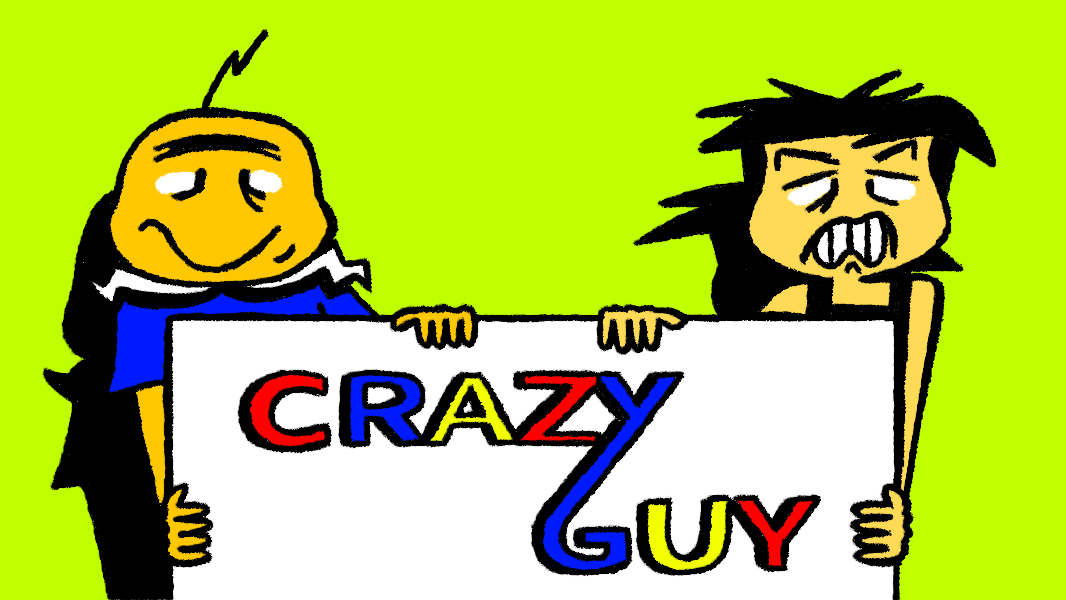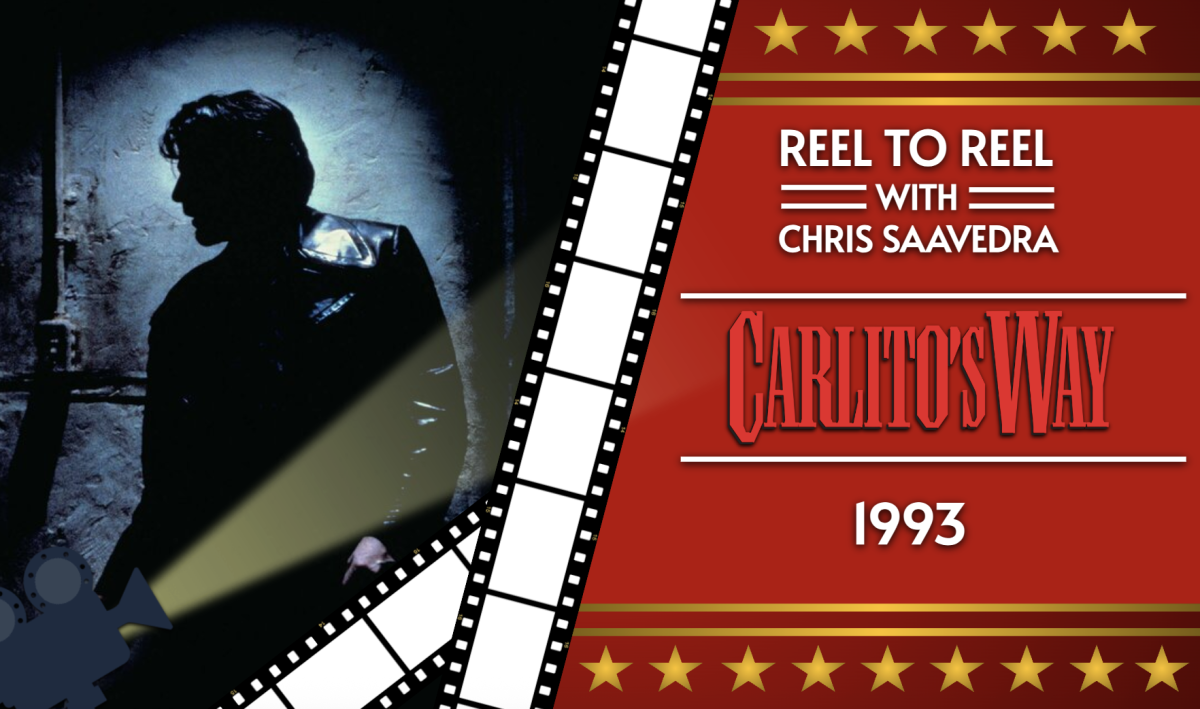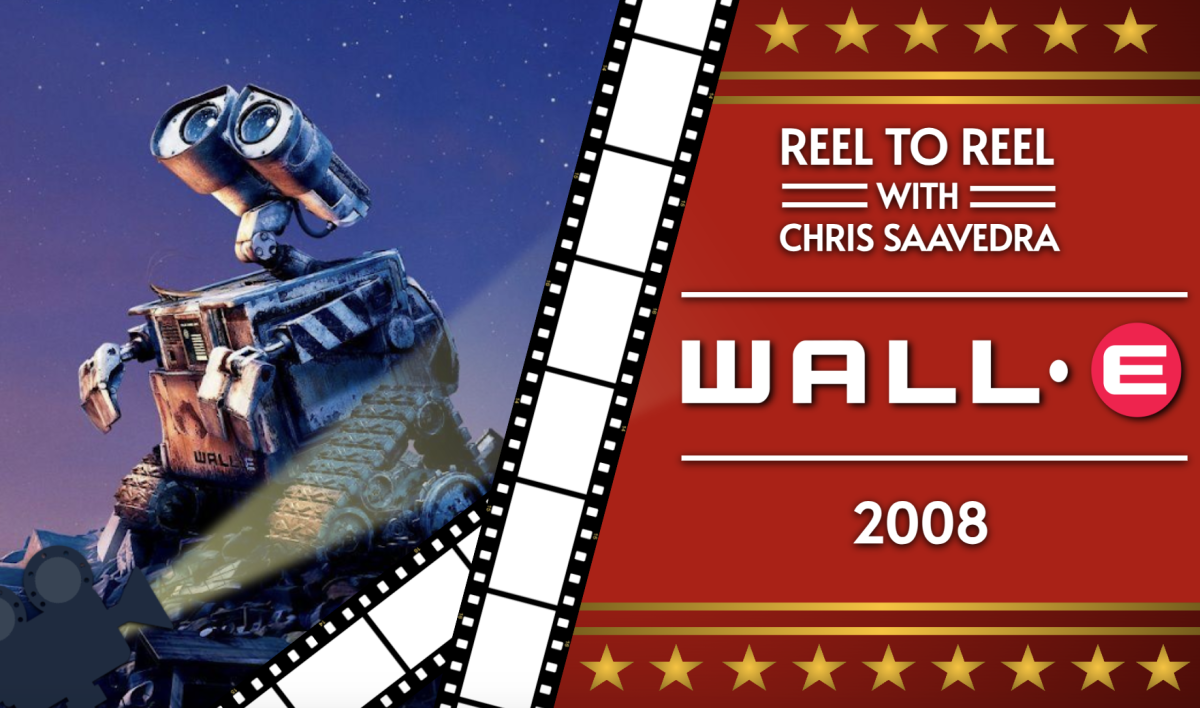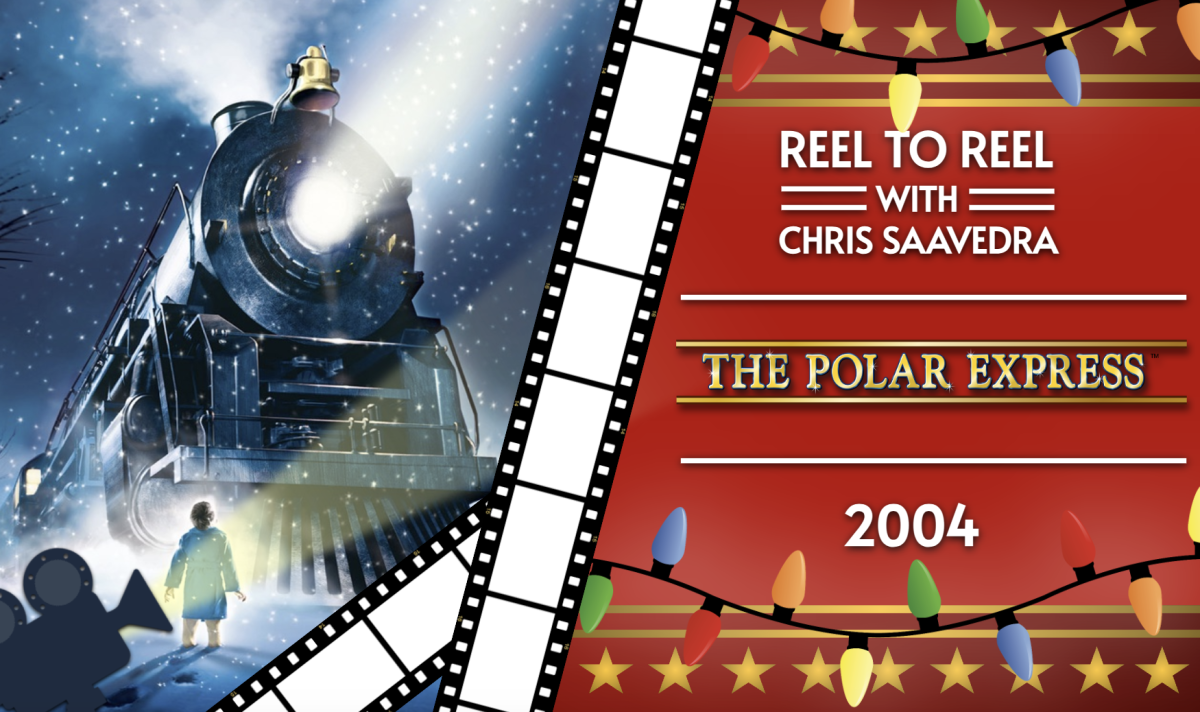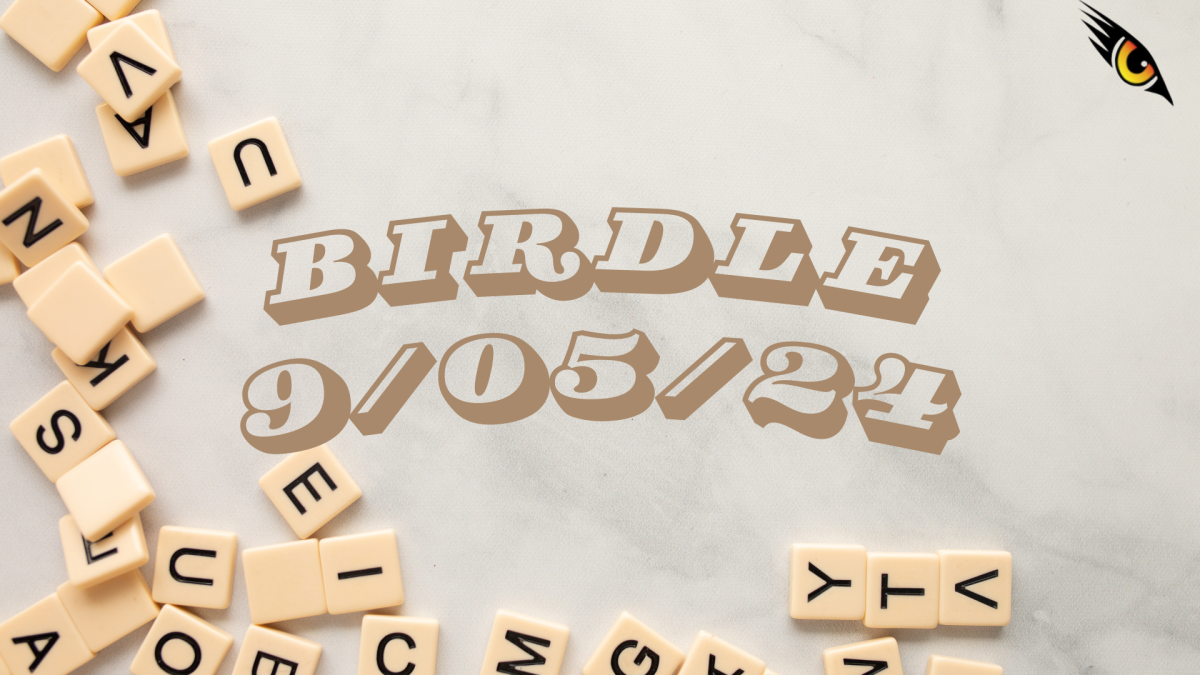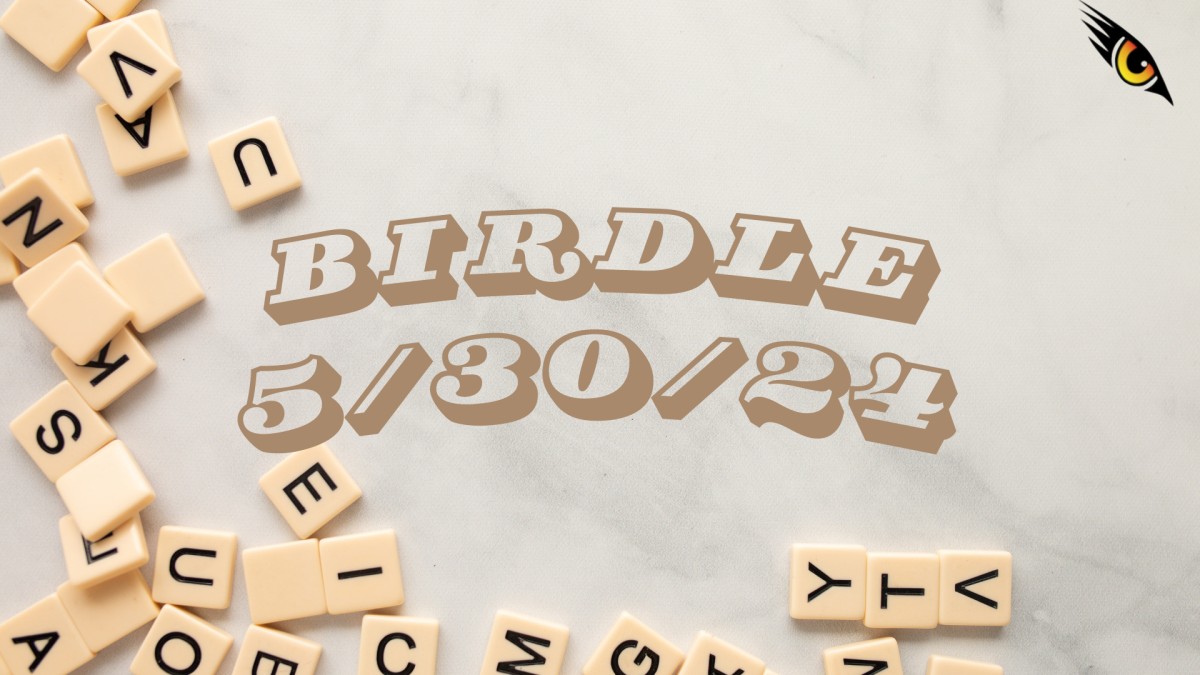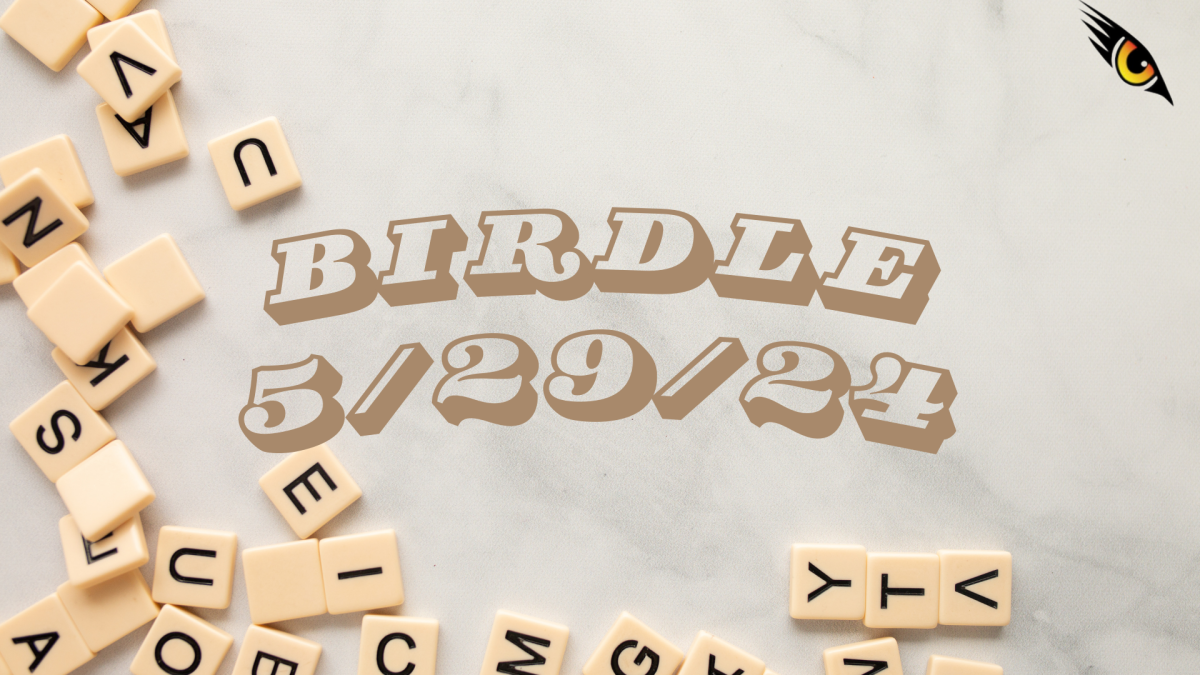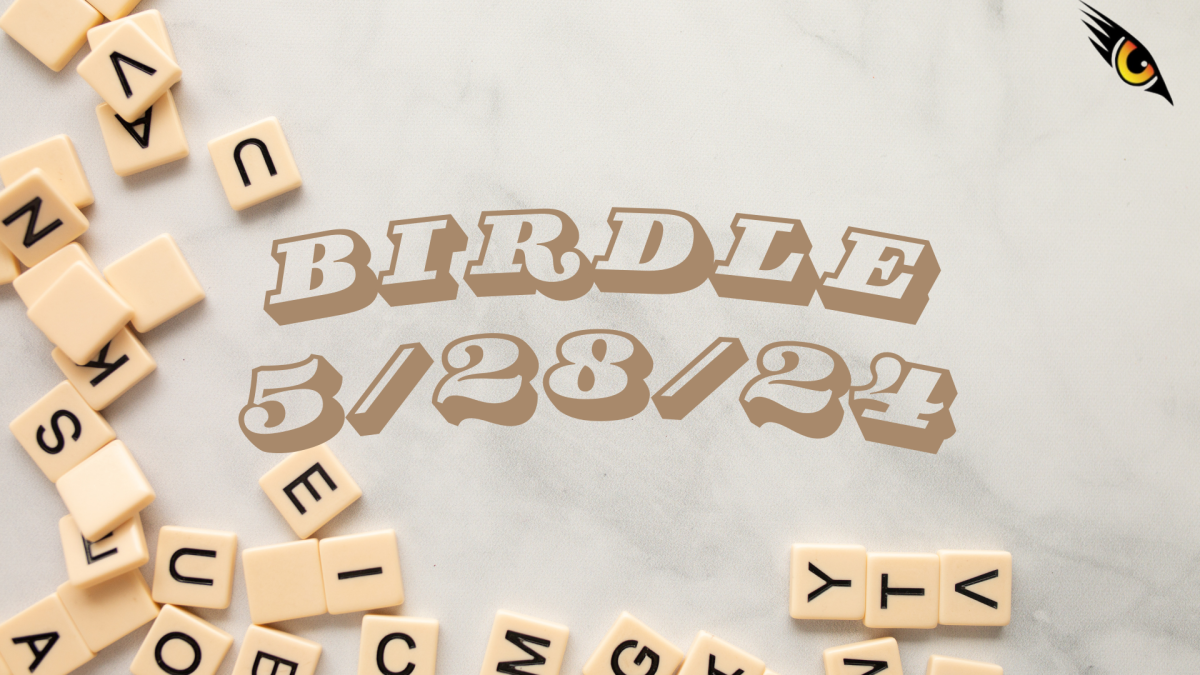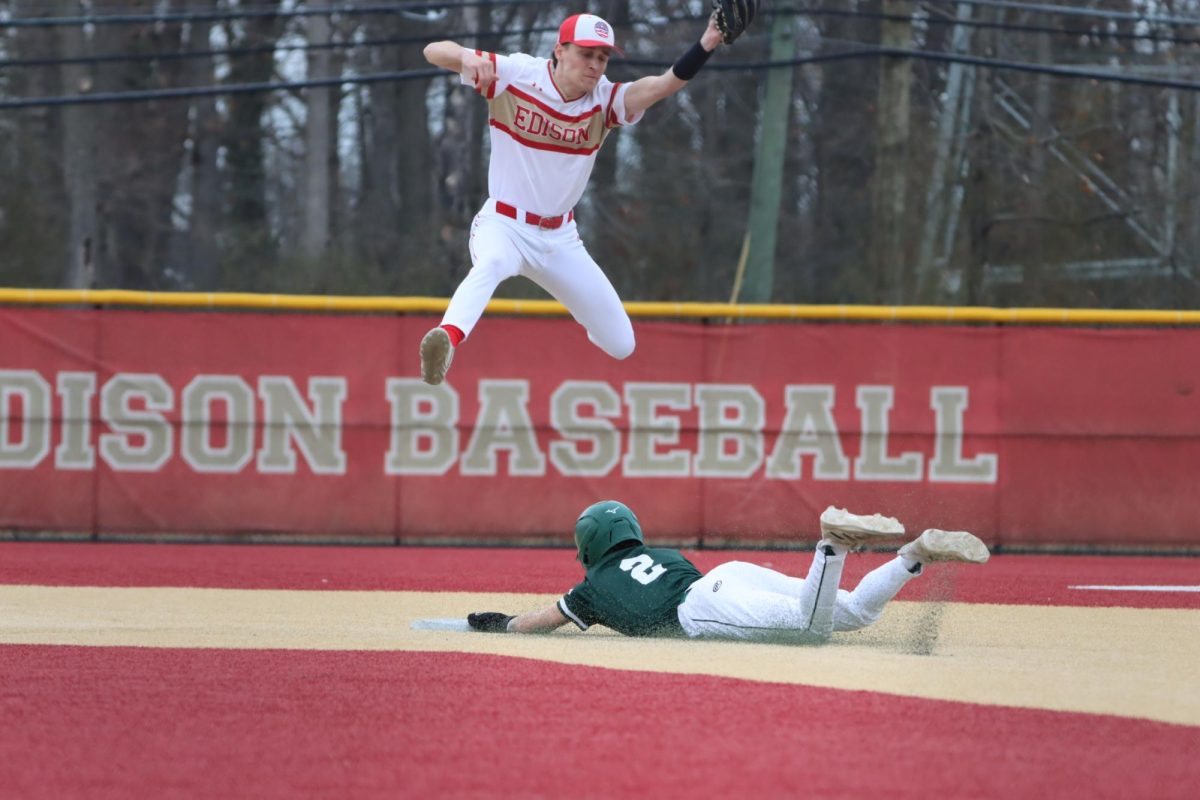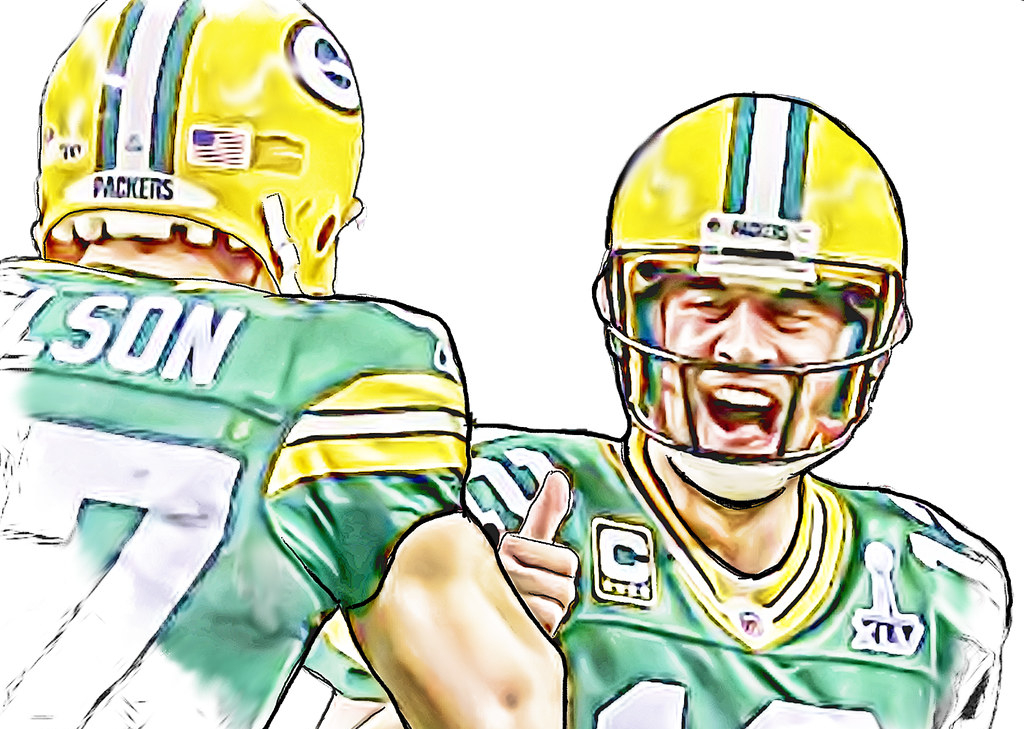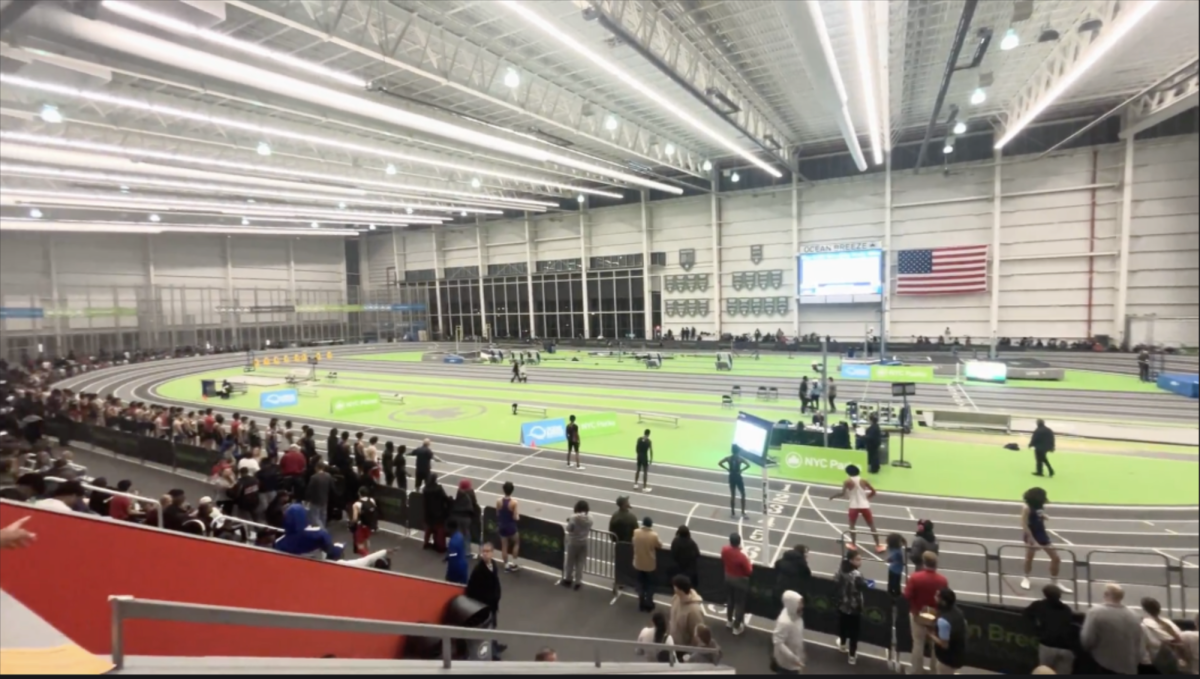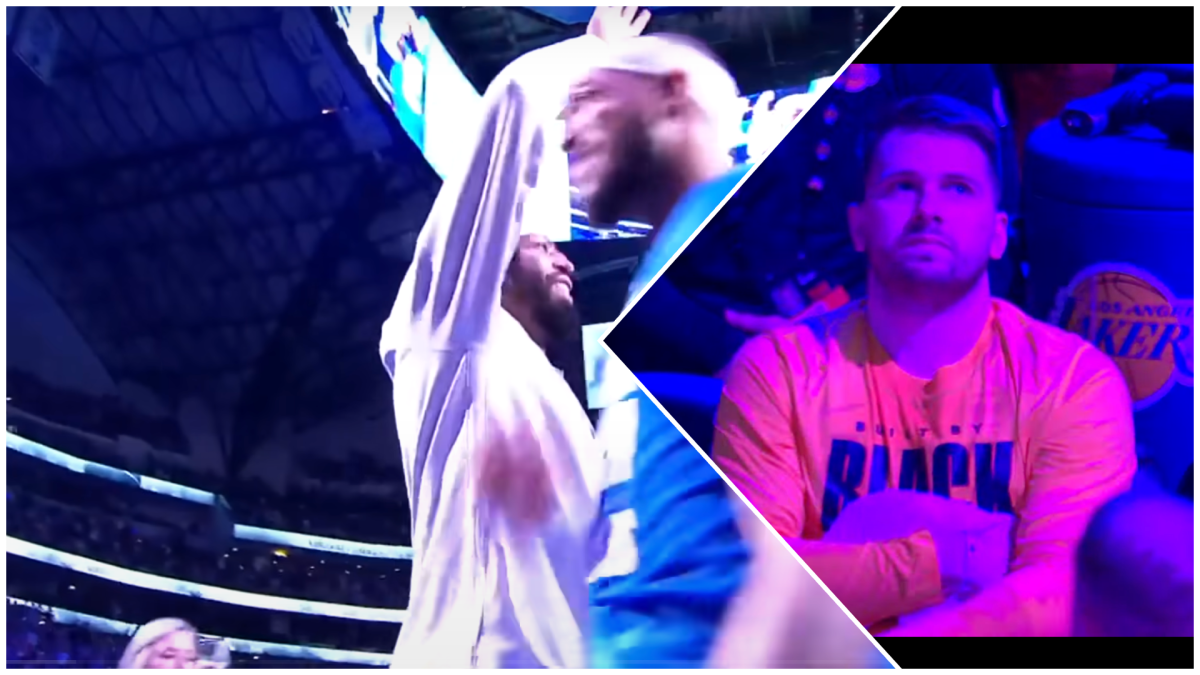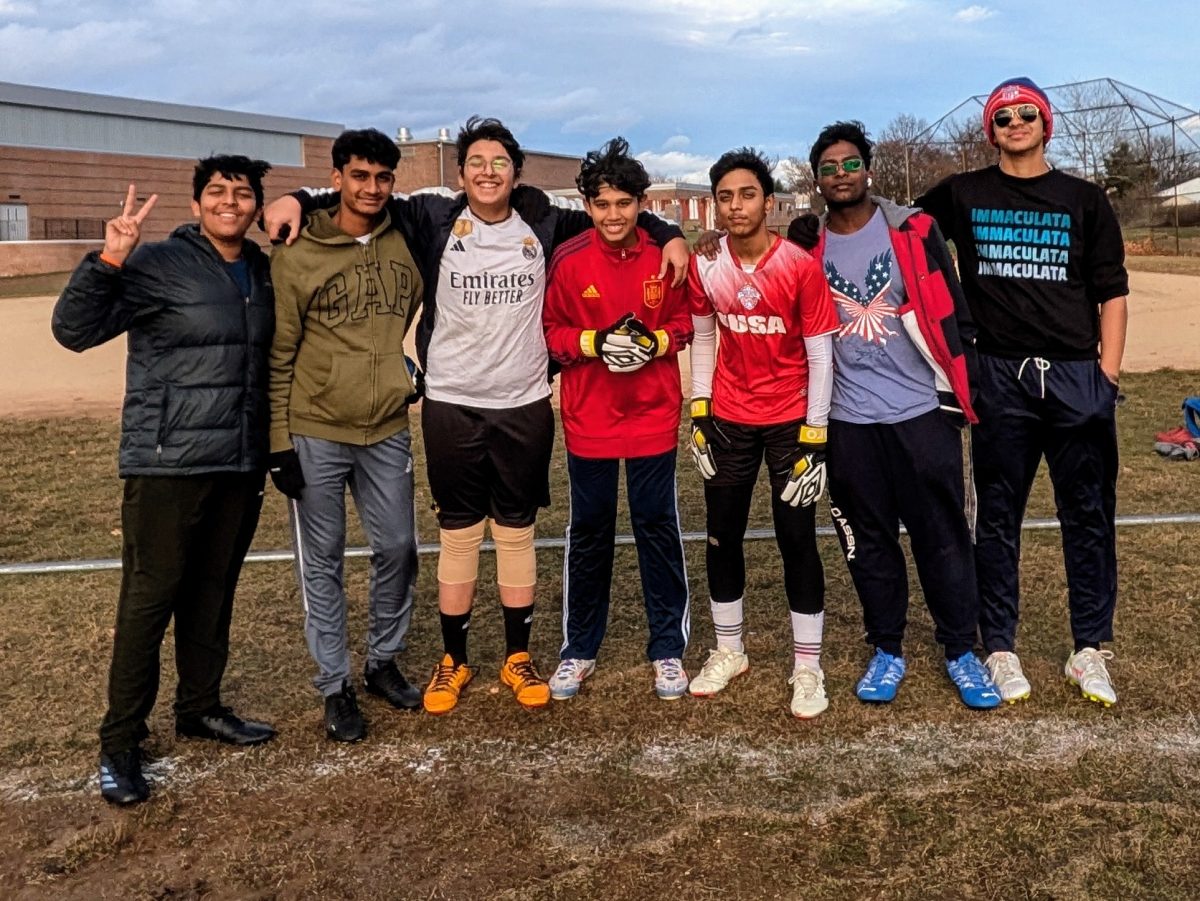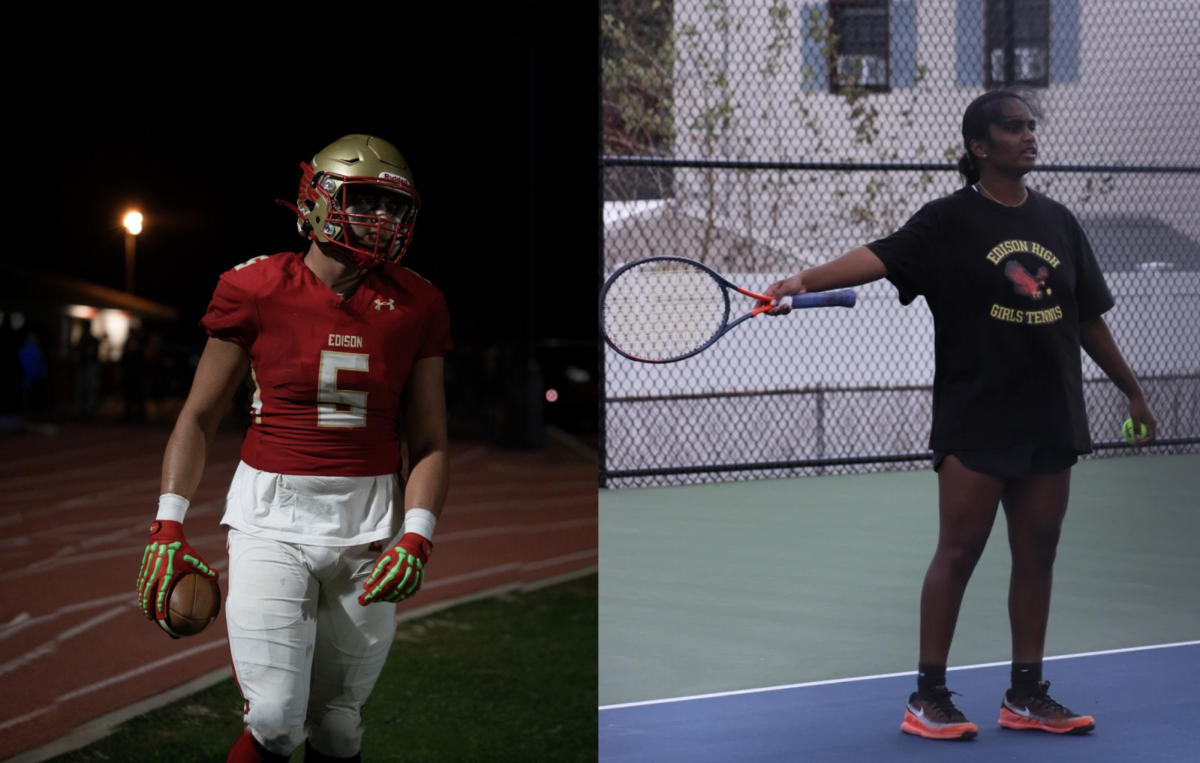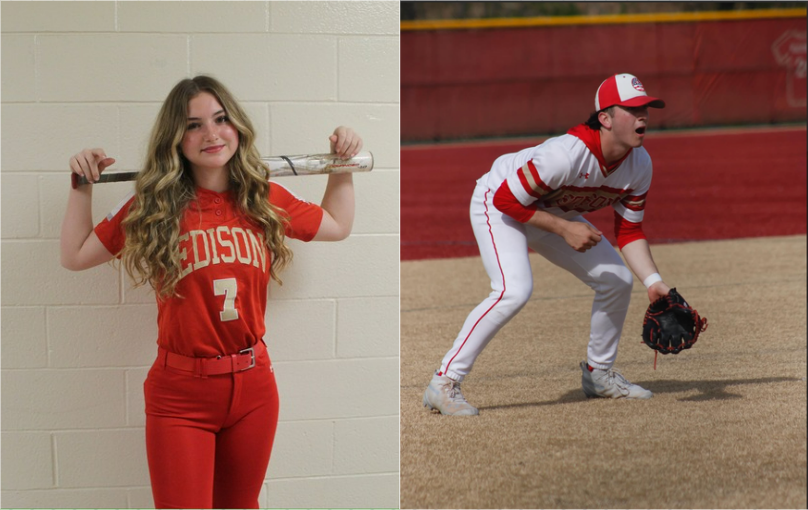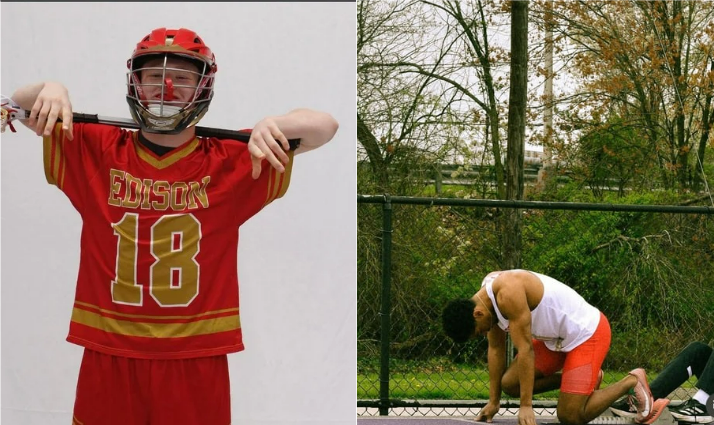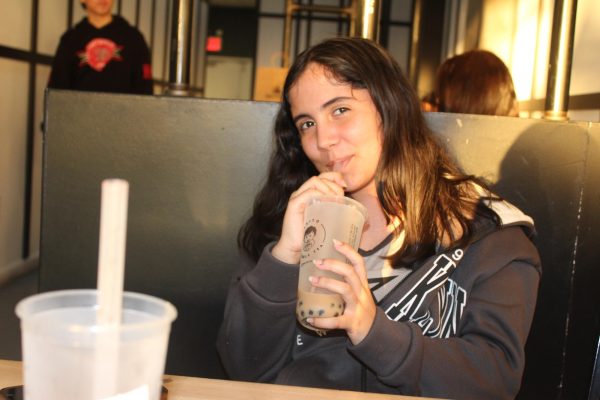Bob is oftentimes the comedic stereotypical name for a character of little significance, but Bob becomes one of the most powerful beings to set foot on Earth, putting the future of Marvel at stake.
Thunderbolts*, by renowned director Jake Schrier, grossed $355 million worldwide, adding to the revival of the Marvel Cinematic Universe. With other movies like Captain America: Brave New World and Deadpool & Wolverine, this movie provides hope for Marvel’s future, but still maintains the anticlimactic plotline pattern seen in Captain America: Brave New World.
After the Avengers have left their legacy, a new wave of unique superheroes emerges: the Thunderbolts. Starring Florence Pugh as Yelena Belova, a graduate of the Red Room and sister of the Black Widow, the assembly of the new Avengers comes to light. Despite their unconventional backgrounds, misfit superheroes like Bucky Barnes, U.S. Agent, Red Guardian, and Ghost assemble to stop a powerful force that seems way above their pay grade.
In the return of the developing antagonist, Valentina Allegra de Fontaine, played by Julia Louis-Dreyfus, opposes this new crew as the chairman of O.X.E., an organization whose full name has not been established. As the “big boy shoes” are put in front of the Thunderbolts, their conscience forces them to work together, despite their cold-blooded appearance.
Similarly to the original Avengers, the development of this group is strengthened through their unlikely bonds and difficult backgrounds. Bucky Barnes, previously introduced in Captain America: The Winter Soldier, becomes the most experienced in the team despite being a former Hydra agent that ten russian keywords could once brainwash. Although the leadership role is not defined, Bucky bands together the team, giving him authority similar to that of Captain America’s shield. Black Widow’s sister, Yelena, is the only possible competitor for the leadership role.
Unlike her previous appearances, Yelena plays a major role in the movie by being the “glue” that sticks the team together. As seen in Black Widow, Yelena experiences being trained and stripped of her identity in the Red Room. She goes above her menial reputation and becomes an independent woman who wishes to do good. Ever since her sister’s sacrifice in Avengers: Infinity War, the feeling of incompleteness has followed her, a feeling commonly found among the group members. Yelena’s newfound persona and desire to do good set off a good opportunity for Marvel to place her as the leader. The Red Guardian, or Alexei Shostakov, is the adoptive father of both Natasha and Yelena. During the rise of Russian power, he became the Soviet-Russian super soldier; however, he was betrayed and imprisoned by his government. In bad faith from his nation, his “life’s purpose” had been ripped, leaving a feeling of unaccomplishment and emptiness throughout his life. As firsthandly seen in Black Widow, Alexei’s love and respect for his family continue to grow and should be expected to be seen more in the future of his father-daughter relationship with Yelena, especially when Natasha is not able to act as family.
Surprisingly, Marvel decides to bring back one of its most hated characters, John Walker, also known as U.S. Agent. Making his debut in The Falcon and the Winter Soldier, he was America’s solution to a lack of Captain America. With his blonde hair, blue eyes, and horrible personality, he quickly ruined the meaning of the shield, causing Sam Wilson to take over the role as a symbol of American power and excellence. Although some of the events that occurred to him following the removal of his title are revealed in the movie, a true redemption arc is still missing. Walker seems to be on board to be seen as a hero, as it was his original wish when he was first named Captain America, but his bad deeds and lack of knowledge make him an unlikable character that still needs to be further developed.
Likewise, Ghost, making her first appearance in Ant-Man and the Wasp, lacked participation and importance in the plot. Even though she is meant to be one of the main characters, as she is part of the team, she is more of a quiet side character that has little significance to both the audience and the plot. Her character was used as a simple filler while others who were newly introduced stole the spotlight. The same can be said about Taskmaster, who did absolutely nothing throughout the movie in spite of being in the posters. Only being used for the hype, there was no continuing or development of when she was last seen in Black Widow; if anything, she shouldn’t have even been included in the movie at all.
It hasn’t gone unnoticed that Marvel has been in a rush to develop new characters and plots as quickly as they can, however, that also means that they can lean into making more mistakes or unappealing products. Luckily, this doesn’t apply to Bob. Lewis Pullman brings to life Marvel’s “triple-headed” threat: Robert “Bob” Reynolds. In the movie, he volunteers for experiments in the hope of getting over his addictions, but the movie never goes into depth about how the experiments were conducted. In the comics, however, Bob took the Golden Sentry Serum, an amplified version of the Super Soldier Serum. Valentina uses Bob’s confusion and lack of validation to transform him into the immortal Sentry, in hopes that he would carry out her wishes. Nevertheless, his troubled upbringing and involvement in drugs bring out The Void, an alter ego that causes pain to others by trapping them in their past. The Thunderbolts initially do not believe in themselves to solve this problem, but all of the Thunderbolts have had a connection with at least one original Avenger that made an impact deep enough to change their morals.
Compared to the relatively simple storyline of Captain America: Brave New World, the continuation that Thunderbolts* brings to the future Avengers movies like Avengers: Doomsday and Avengers: Secret Wars is one to anticipate. Marvel takes a different approach to make the audience feel catharsis for their characters in this movie as well. Compared to other Marvel movies where a character’s plot armor is seemingly taken away to the point where it is believable, this movie fails to reach this level. The directors also use dull action scenes throughout the movie, and thus fail to create a surge of adrenaline at the climax. Although quite different from the more action-packed endings, a heartwarming ending highlights Yelena’s soft spot for loneliness, especially with her lack of contact with Red Guardian. A good chunk of the movie highlights the first steps of teamwork and interactivity of Yelena, Ghost, U.S. Agent, and Sentry: the original team of fugitives.
Following a good plot with a good variety of characters, this movie does not disappoint when it comes to CGI. However, viewers shouldn’t expect the flashy, colorful, and realistic CGI found in movies with heroes who have powers. CGI that truly marvels, like Doctor Strange’s mirrorverse, Thor’s lightning, and Iron Man’s repulsor beams, isn’t what the viewer should be looking for, as all of the heroes in this movie depend on hand-to-hand combat, except for Bob, of course. With that, Bob’s CGI experiences a more dark and grim mood than those of other Marvel originals, giving fans a taste of something new.
Following a good plot with a good variety of characters, this movie does not disappoint when it comes to CGI. This time, Marvel opted for a more dark and grim mood than those of other Marvel originals, giving fans a taste of something new. Despite it being different from what Marvel has accustomed their fans to, it still sets off a dramatic and effective tone that leaves the viewers pleasantly surprised.
Looking at the bigger picture, what does this mean for the future of the MCU? Hope of a reawakening of passion within Marvel fans arises from recent enjoyable movies like Captain America: Brave New World and Deadpool & Wolverine, and this movie adds on to that list. Future movies like Fantastic Four: First Steps, Avengers: Doomsday, and Avengers: Secret Wars are ardently awaited by fans, and the role of these new heroes is even more exciting. Duos of superheroes with and without powers, like Groot & Rocket Raccoon and Captain America and Falcon, excite the audience, especially with the chemistry between the two characters being shown. Hopefully, Bob and Yelena will show this bond in later movies that will include almost all of the fans’ favorite Marvel characters.
All in all, Thunderbolts* is a contender in quality of cinema for Phase 4, a great addition to the sluggish beginning of Phase 5, and an important prequel to Phase 6. From other opinions, Thunderbolts doesn’t stray too far from our review, with Google reviews rating at 4.3, Rotten Tomatoes at 88%, and IMDb at 7.6/10. We would rate this movie a strong 8/10, living up to expectations, yet having its power rooted in the impact on future movies. The next opportunity for Marvel fans to watch another invigorating movie is with Fantastic Four: First Steps on July 25, 2025, so as fans are impacted by Thunderbolts* the future holds potential to give way for more enlivening cinema.



